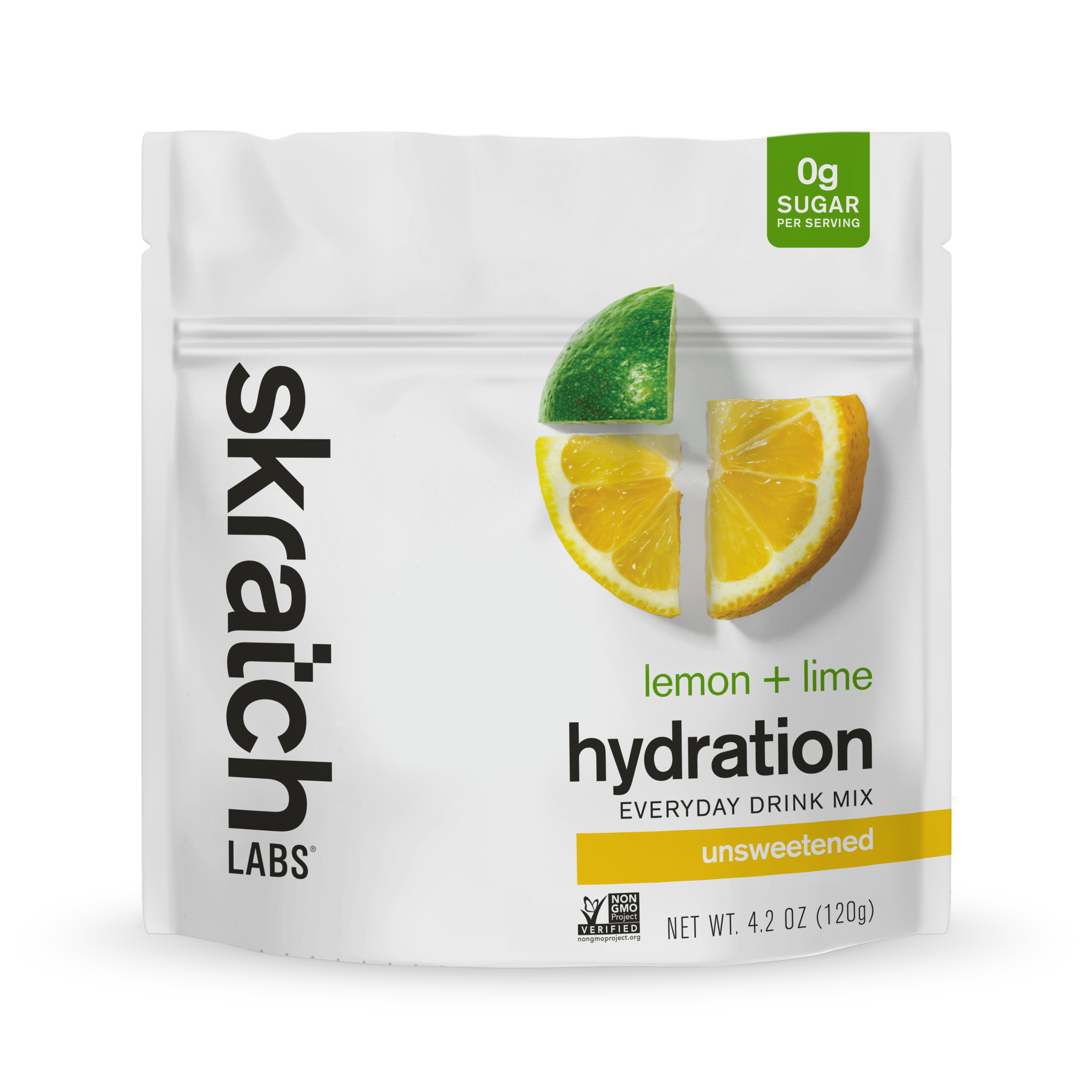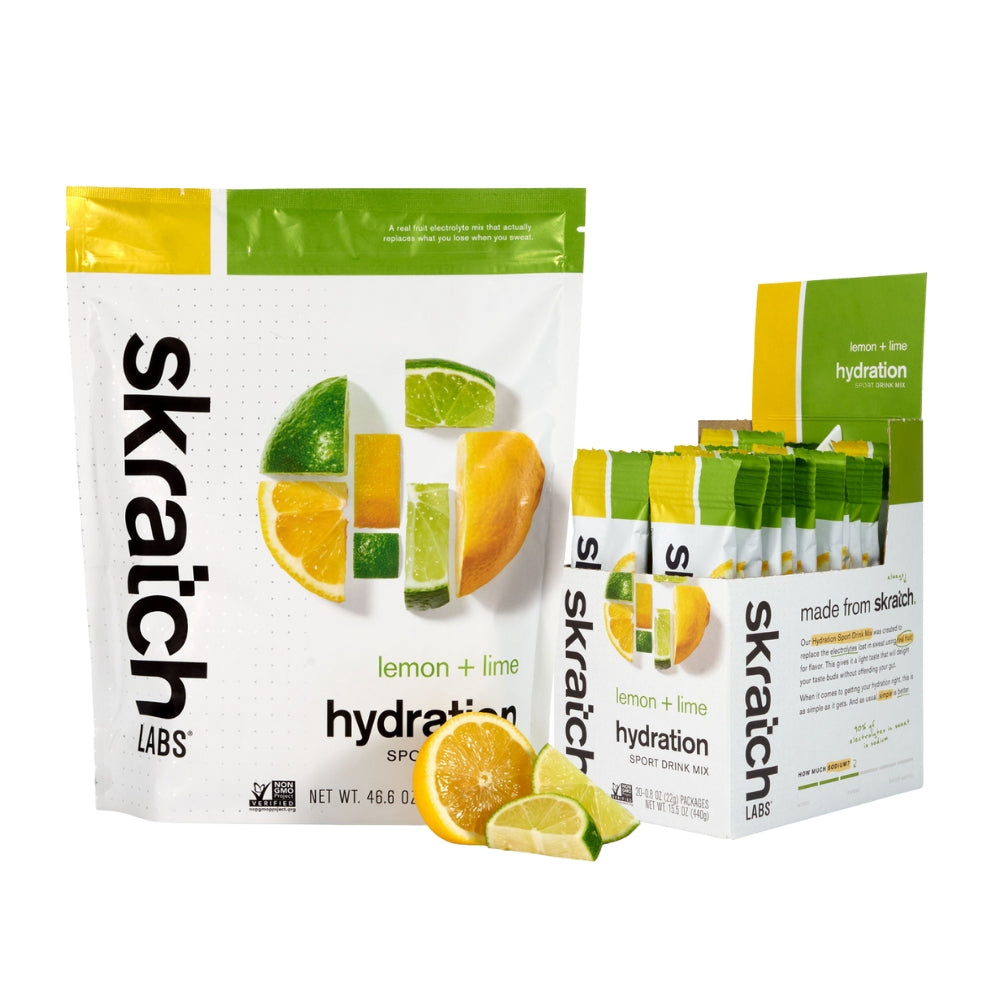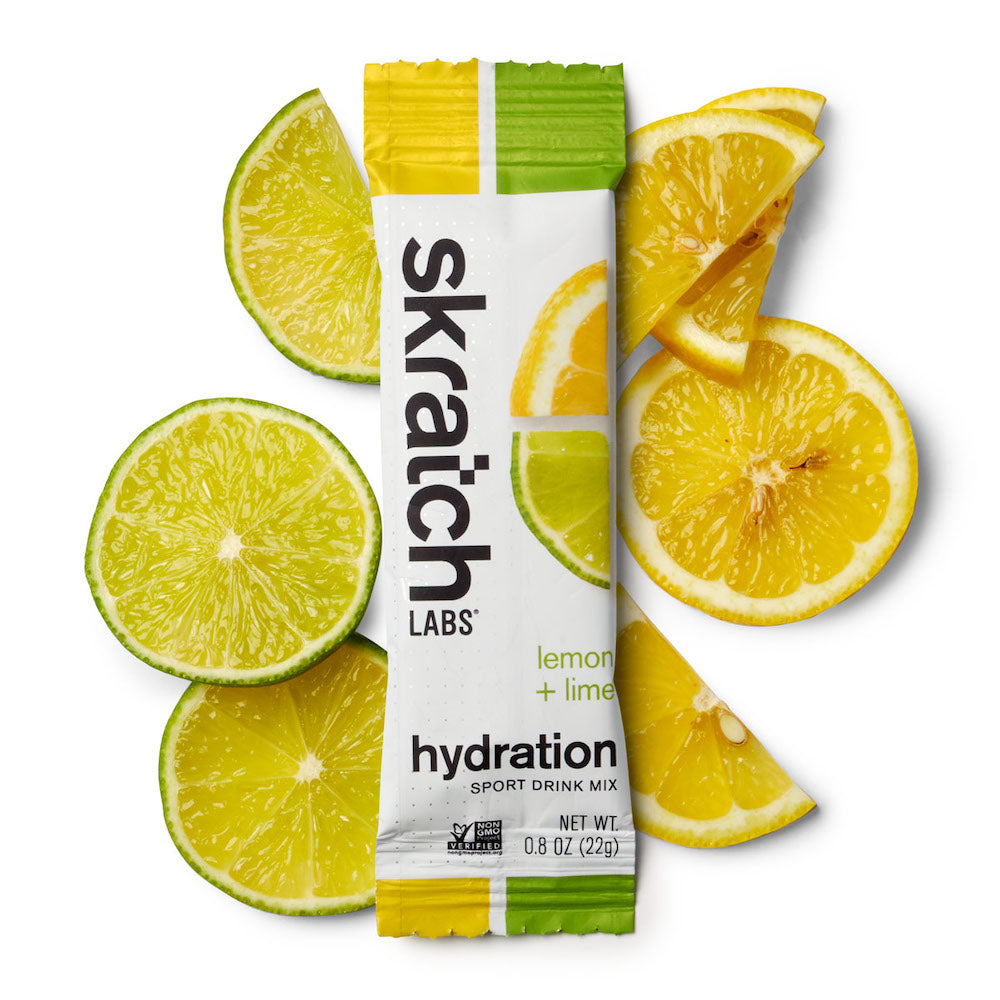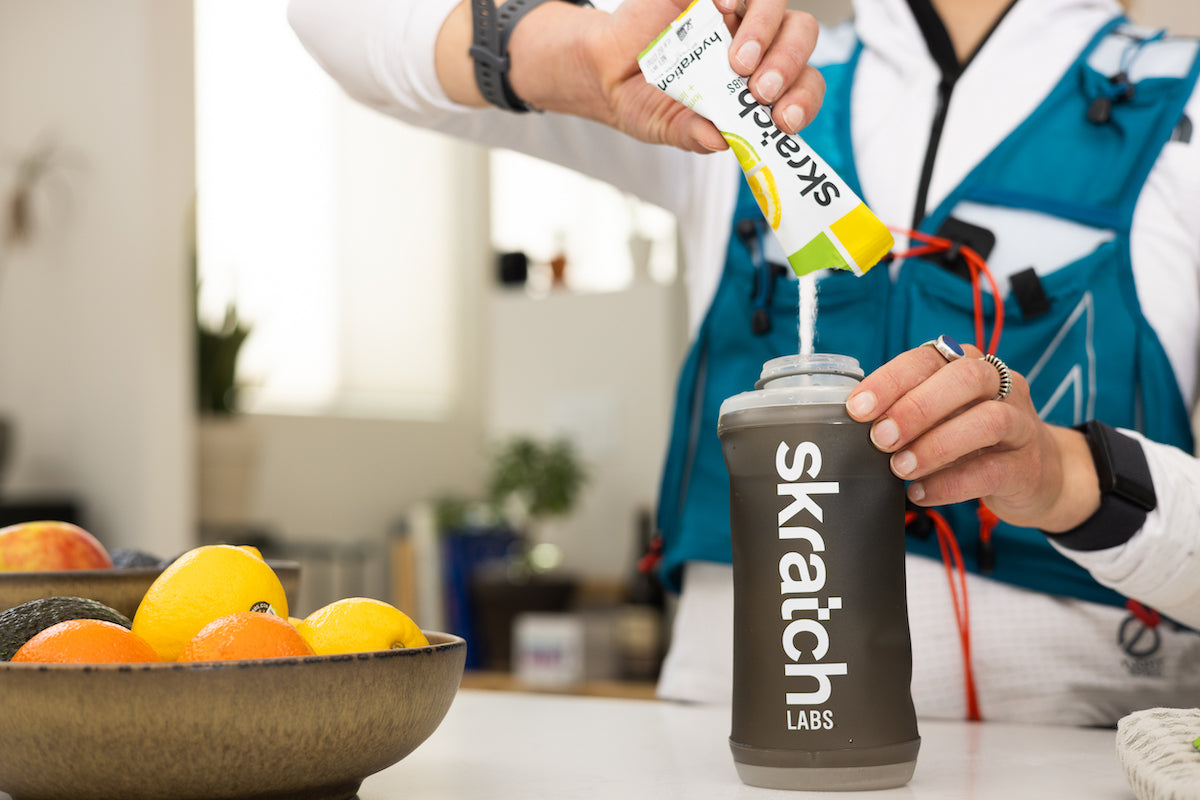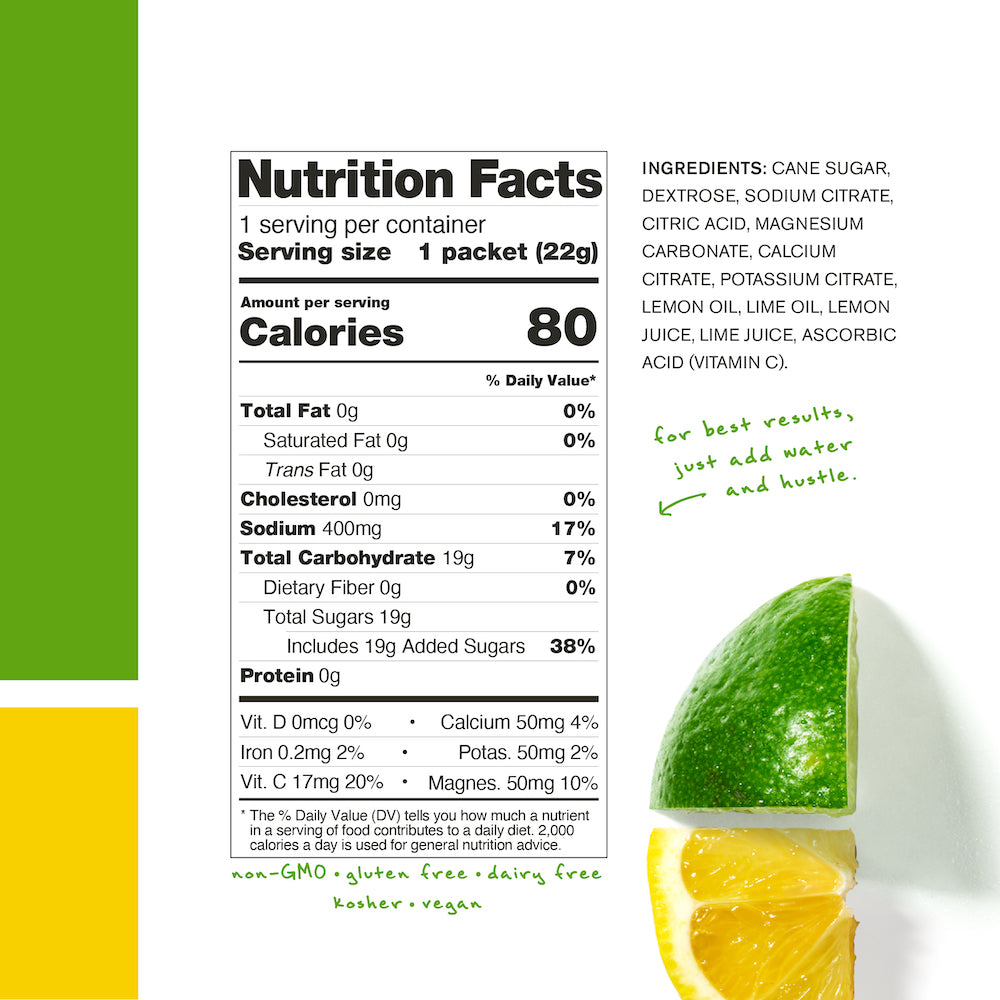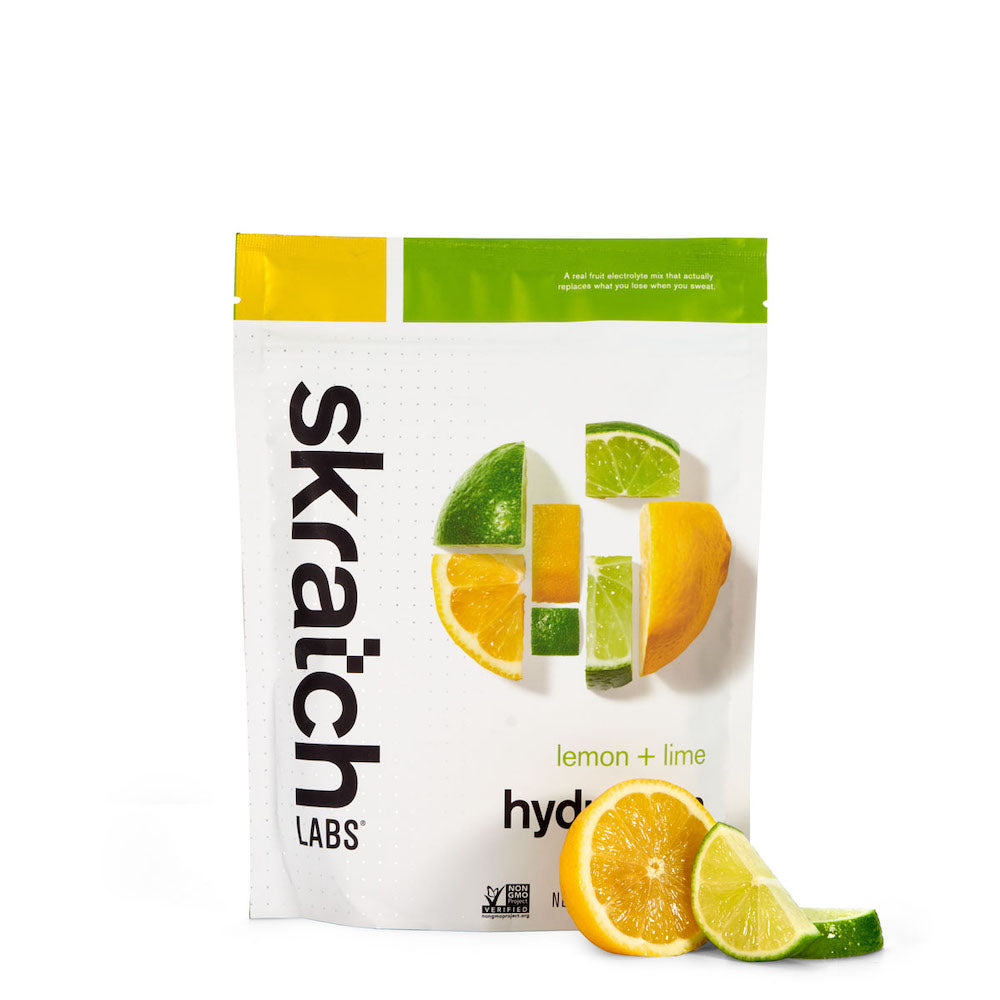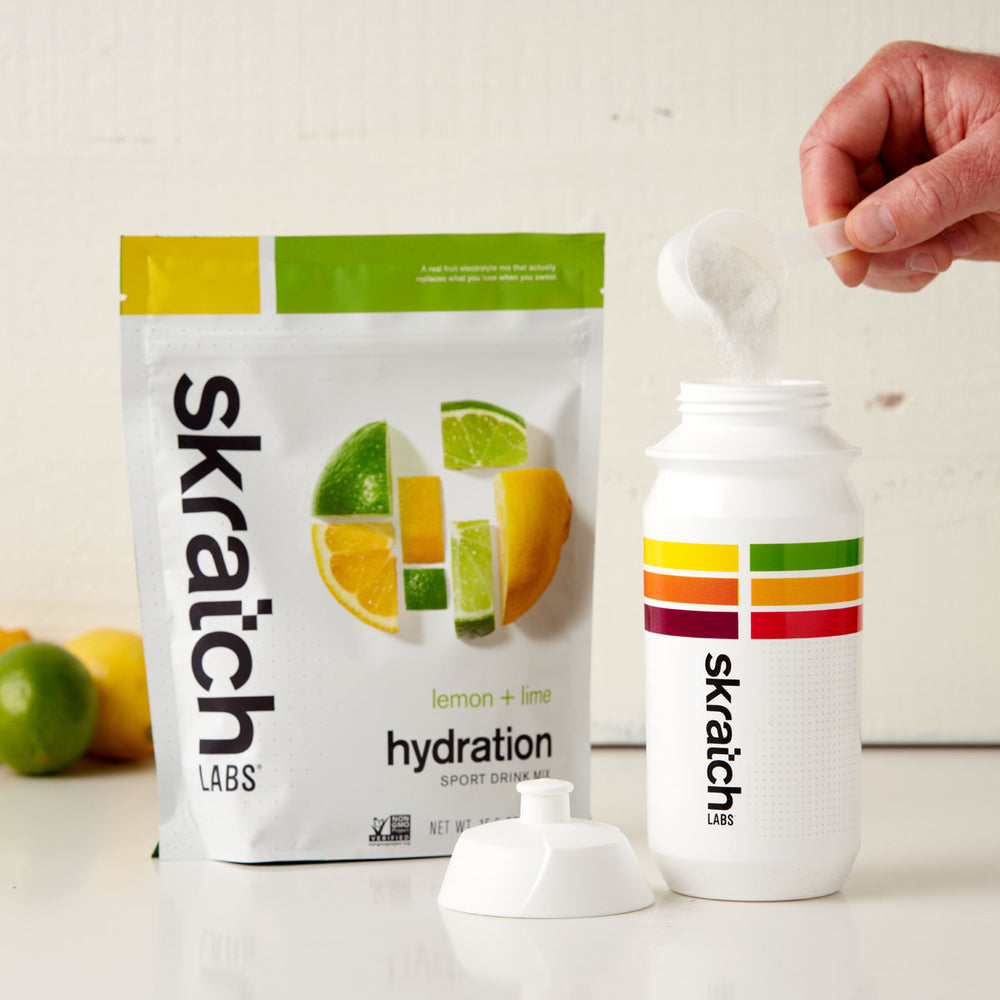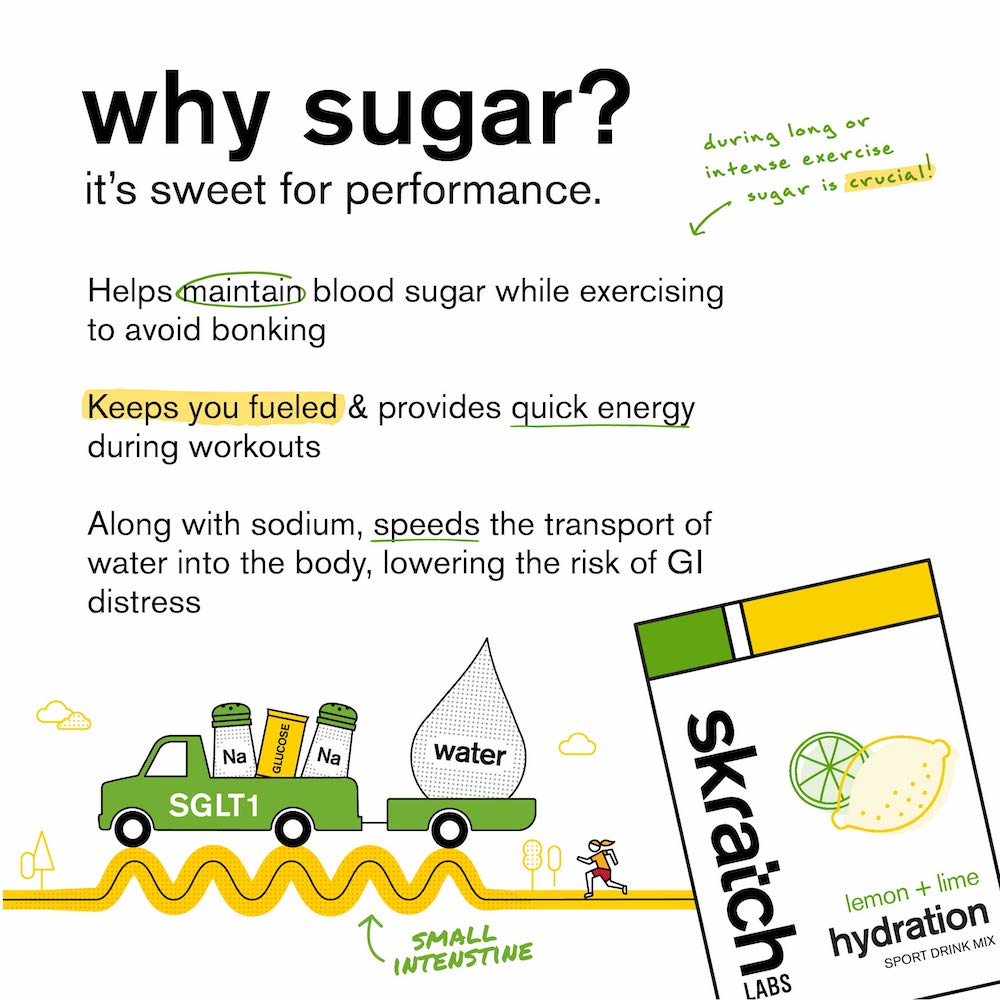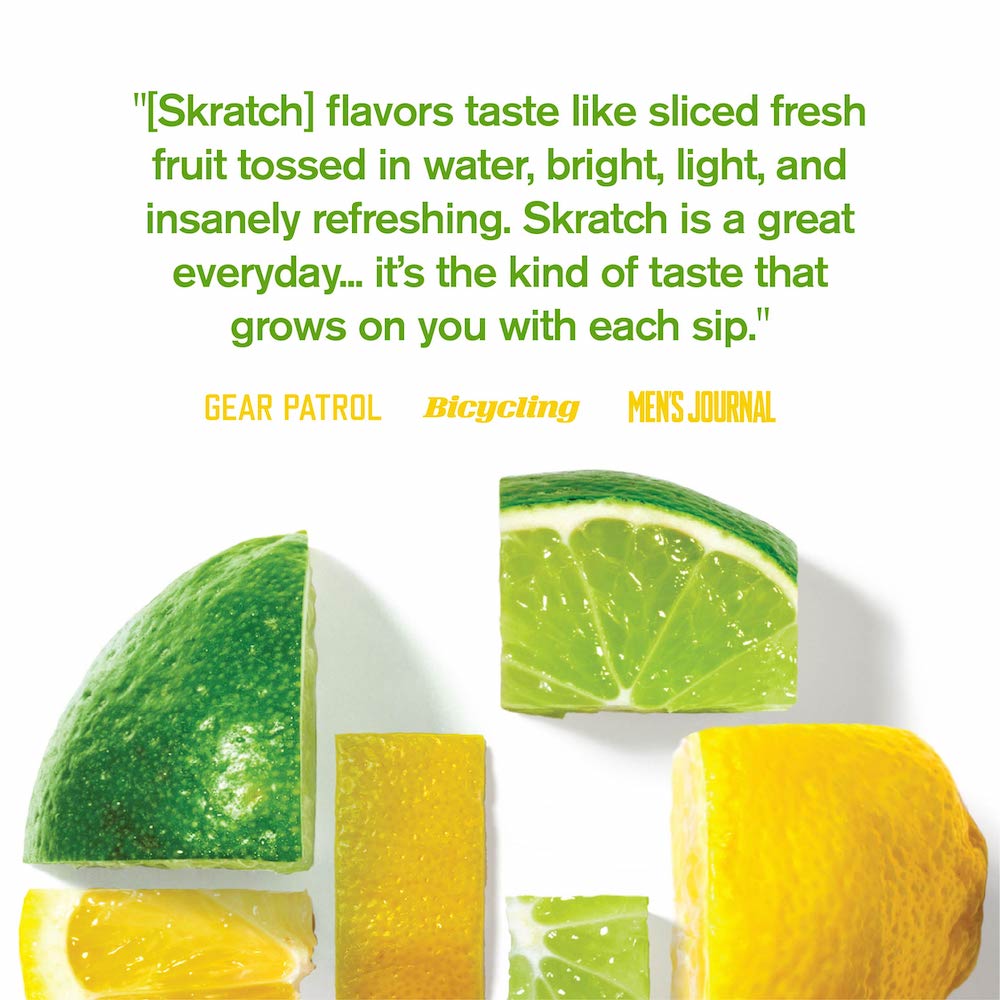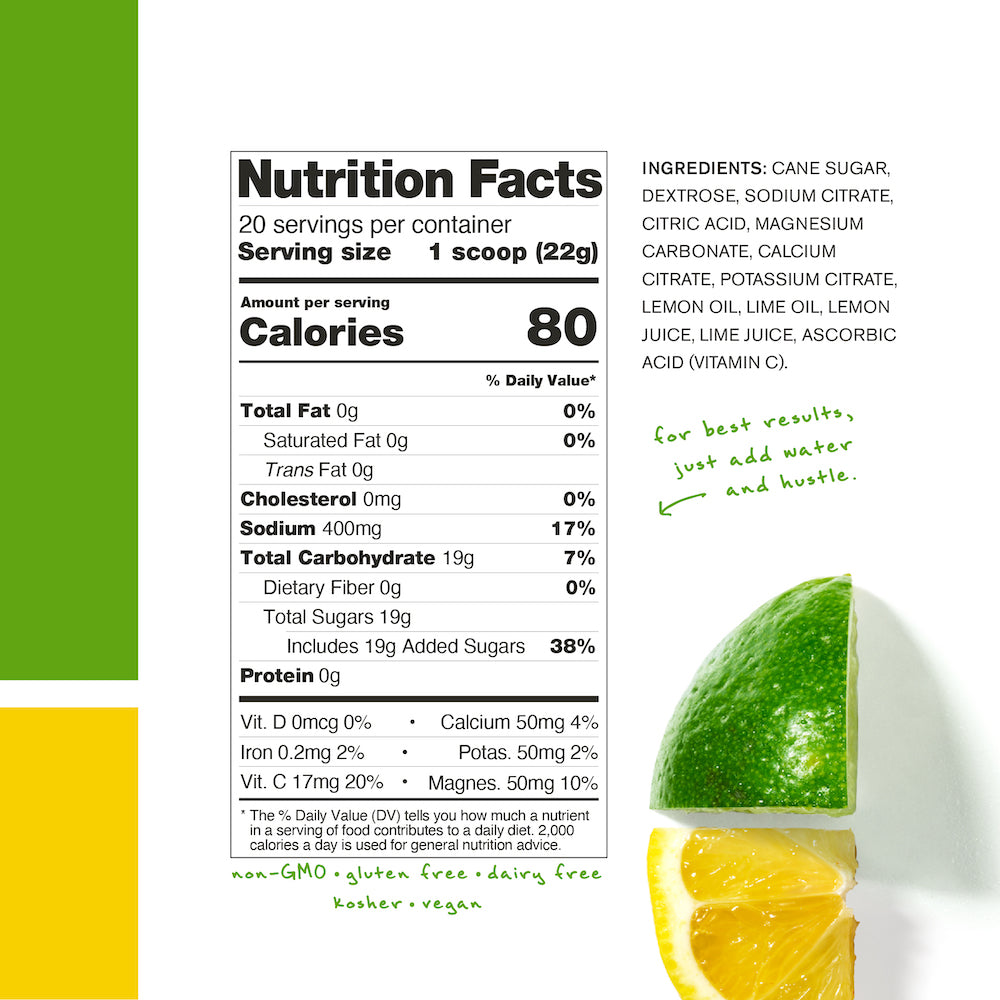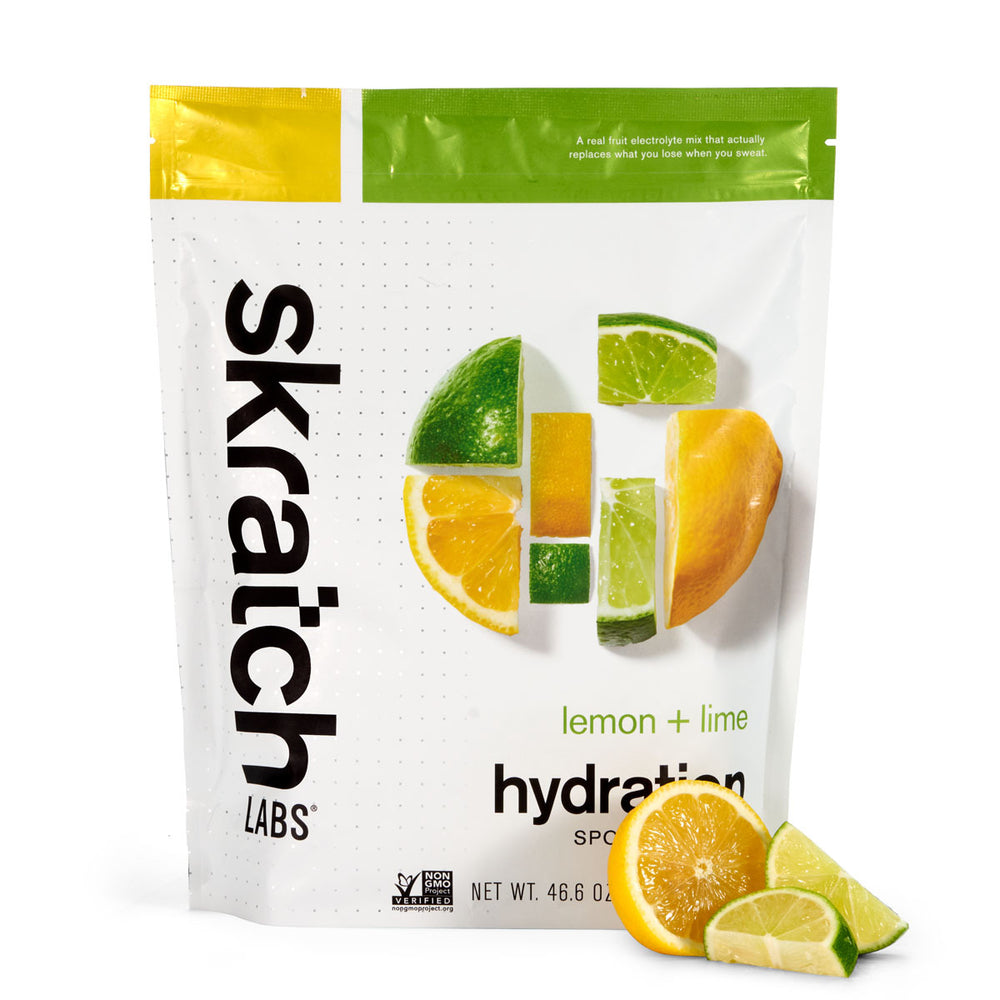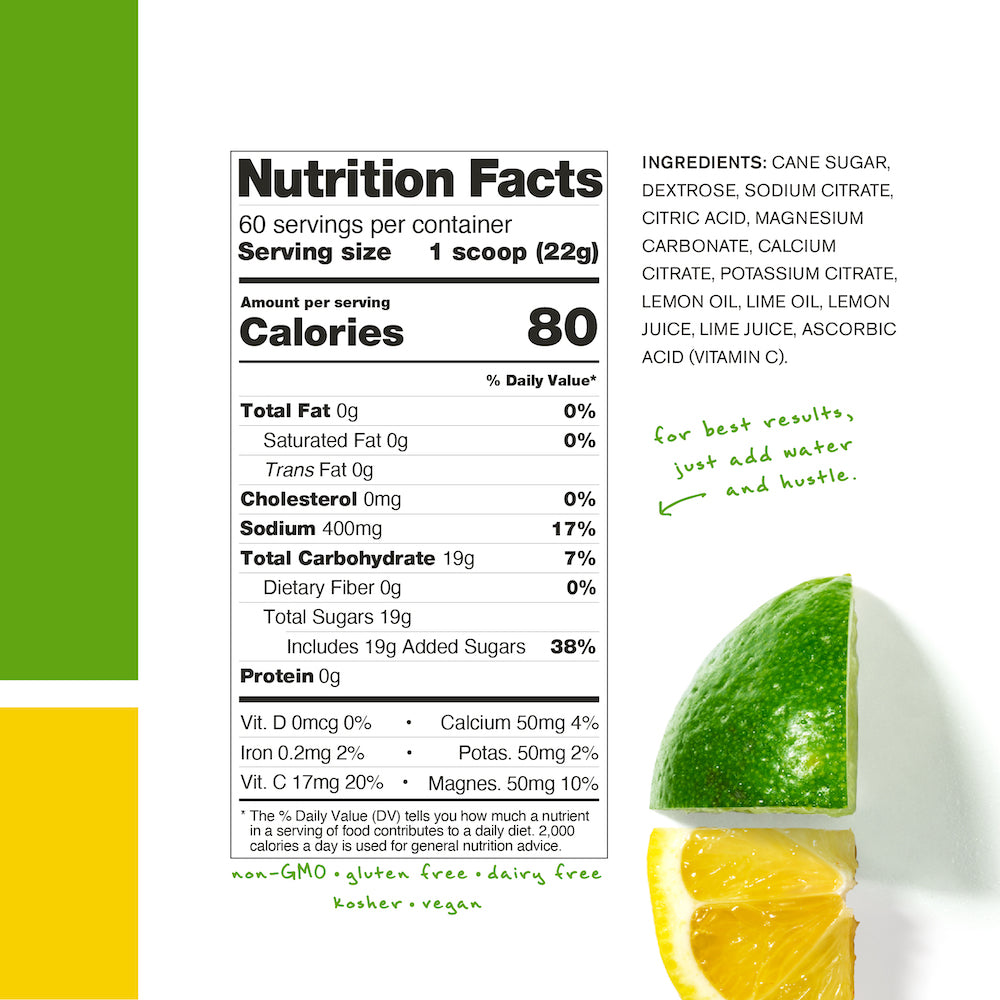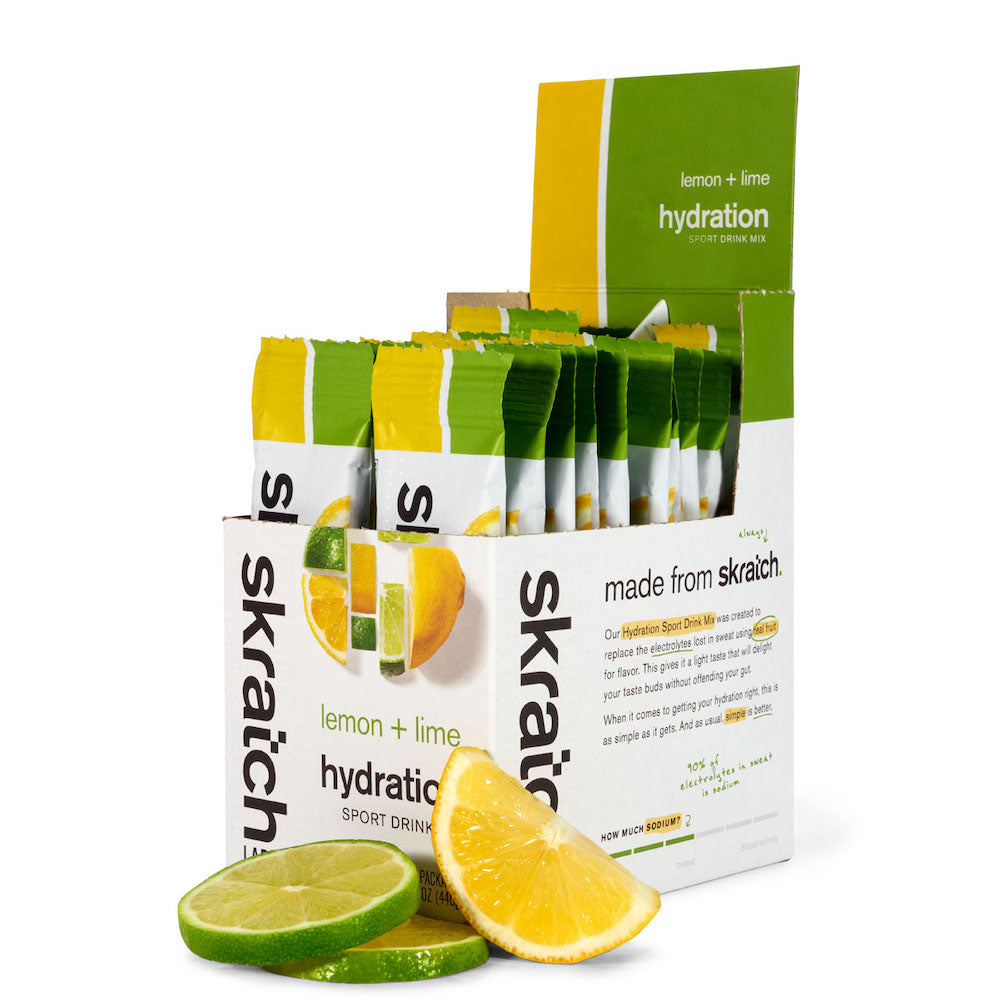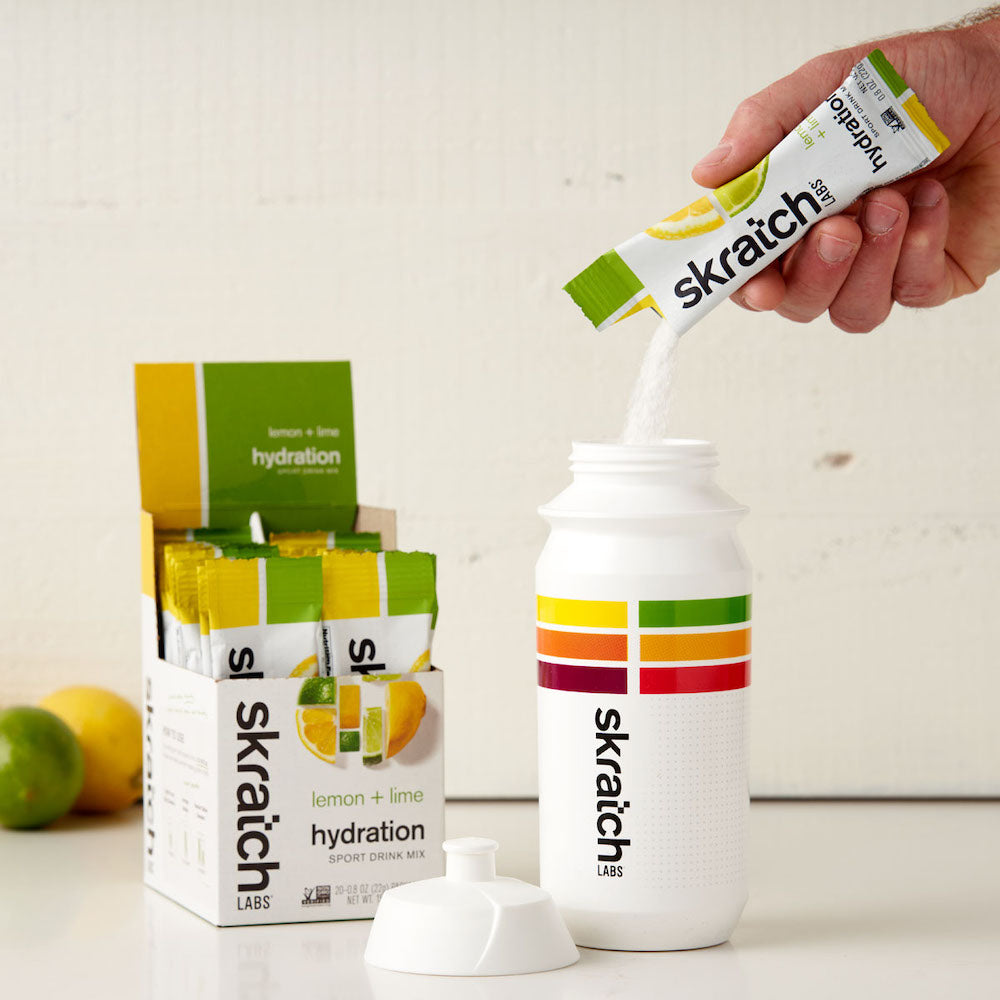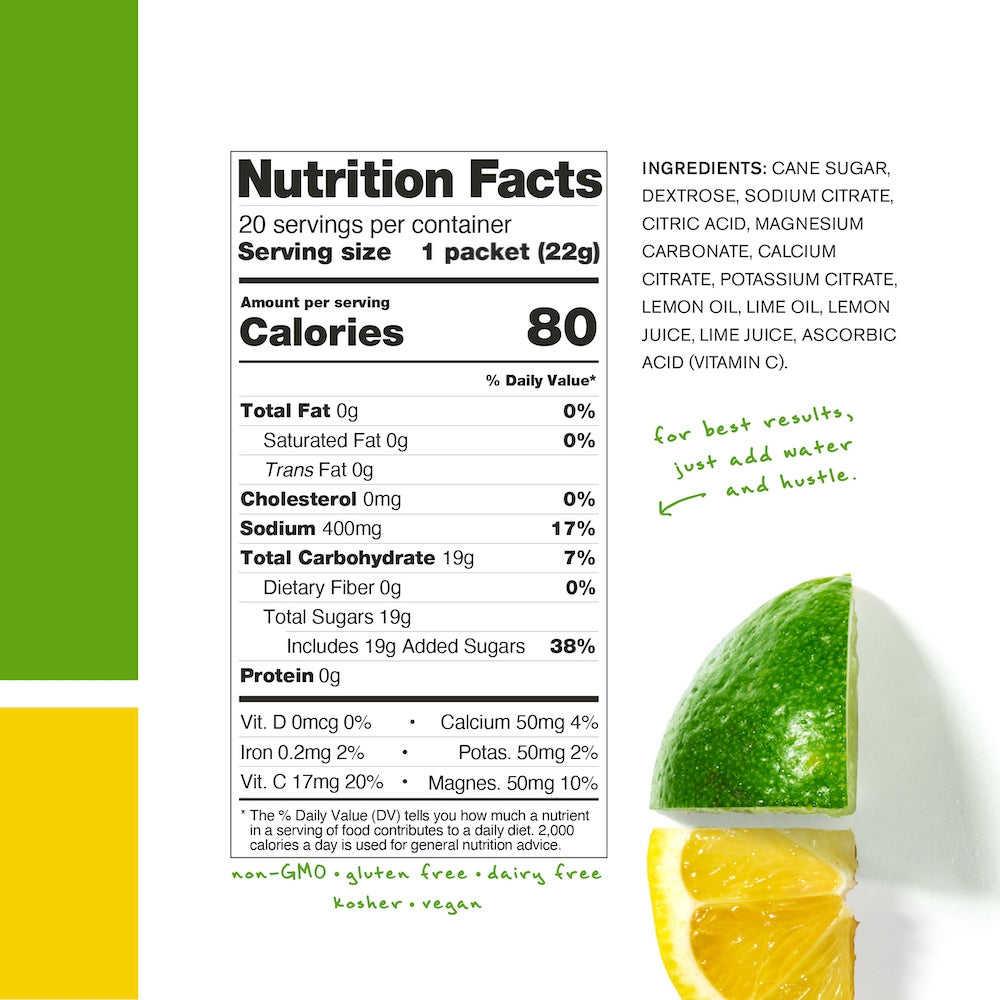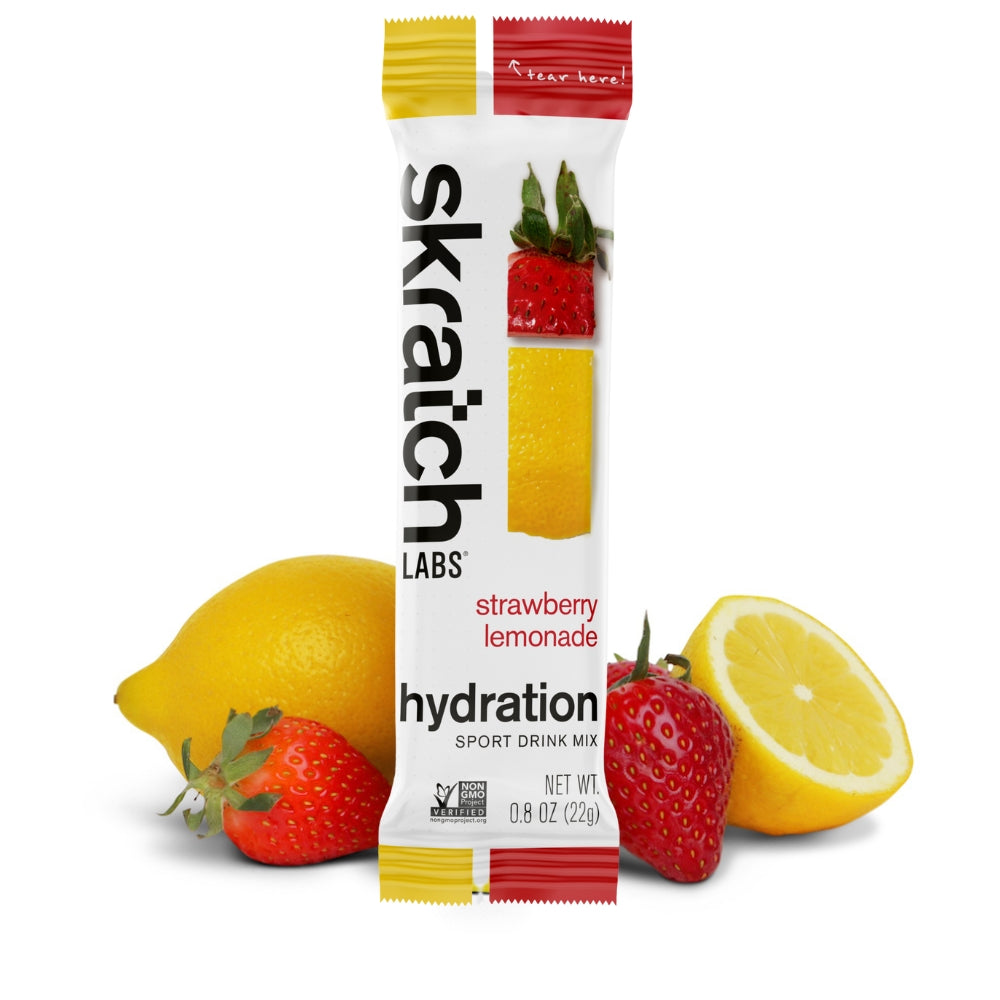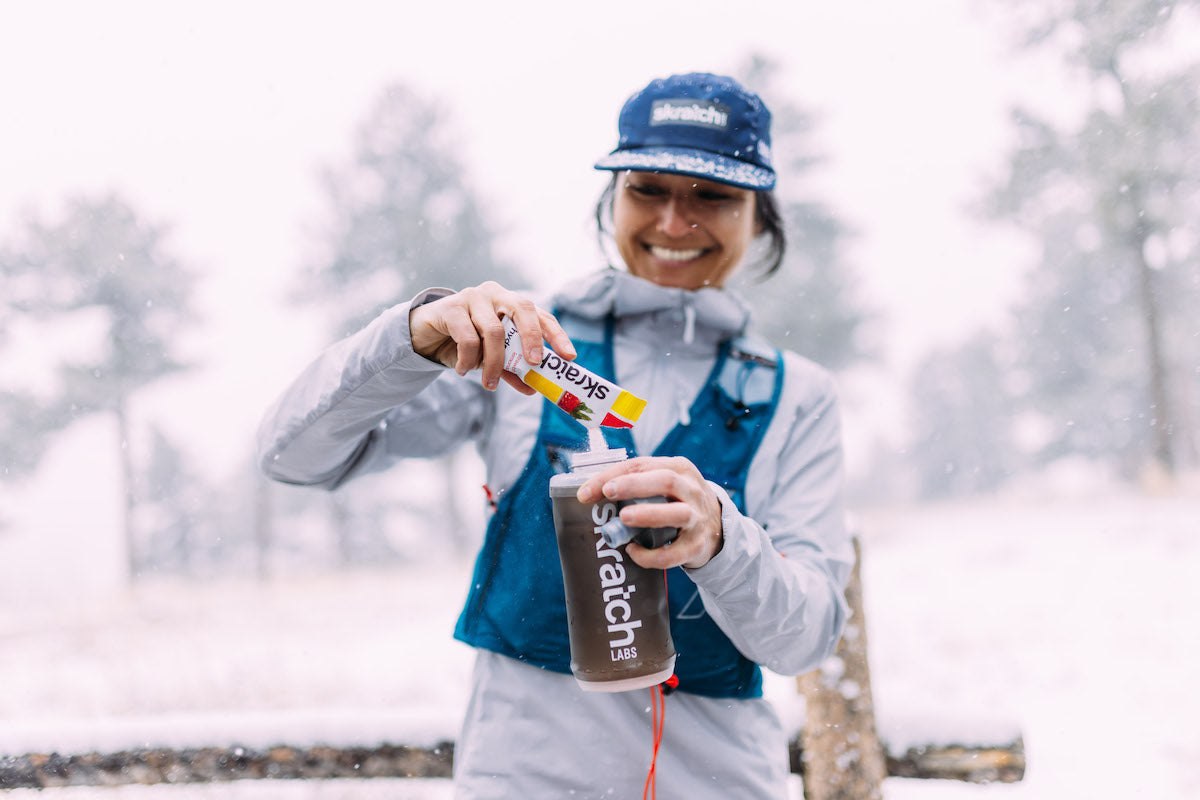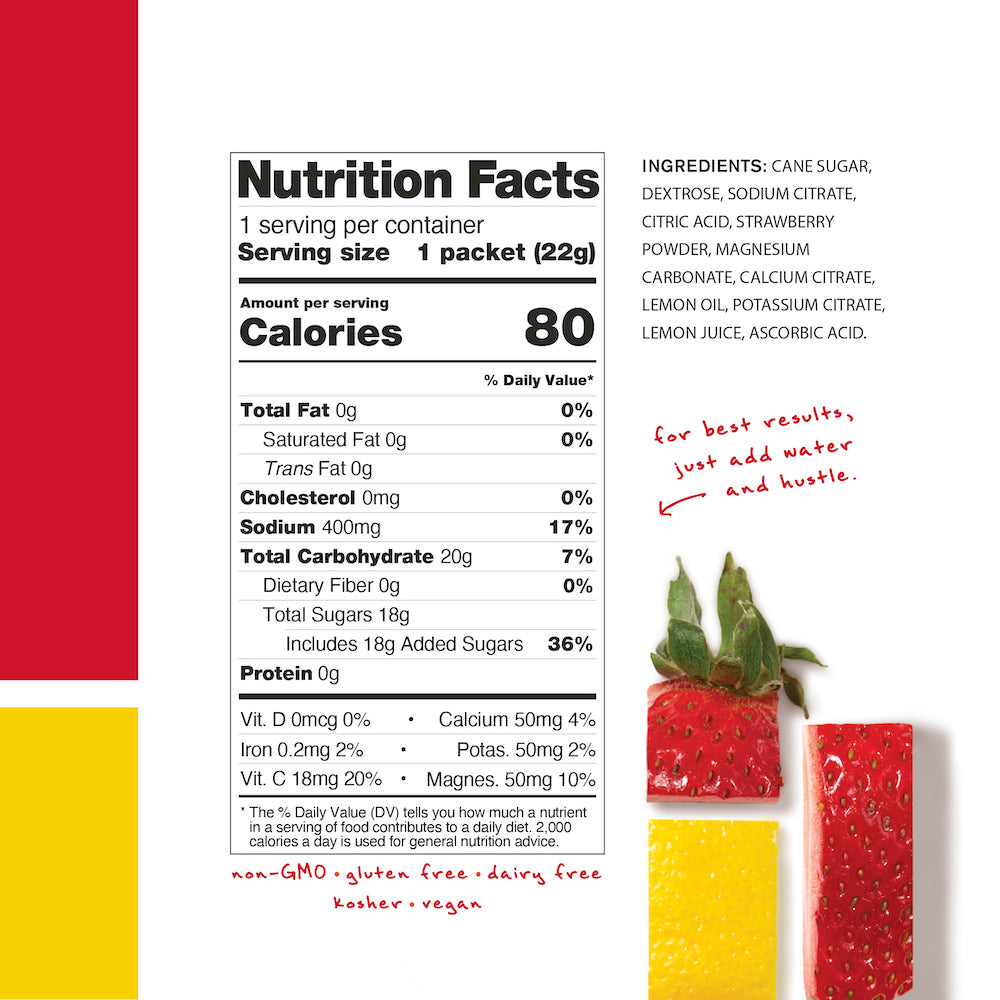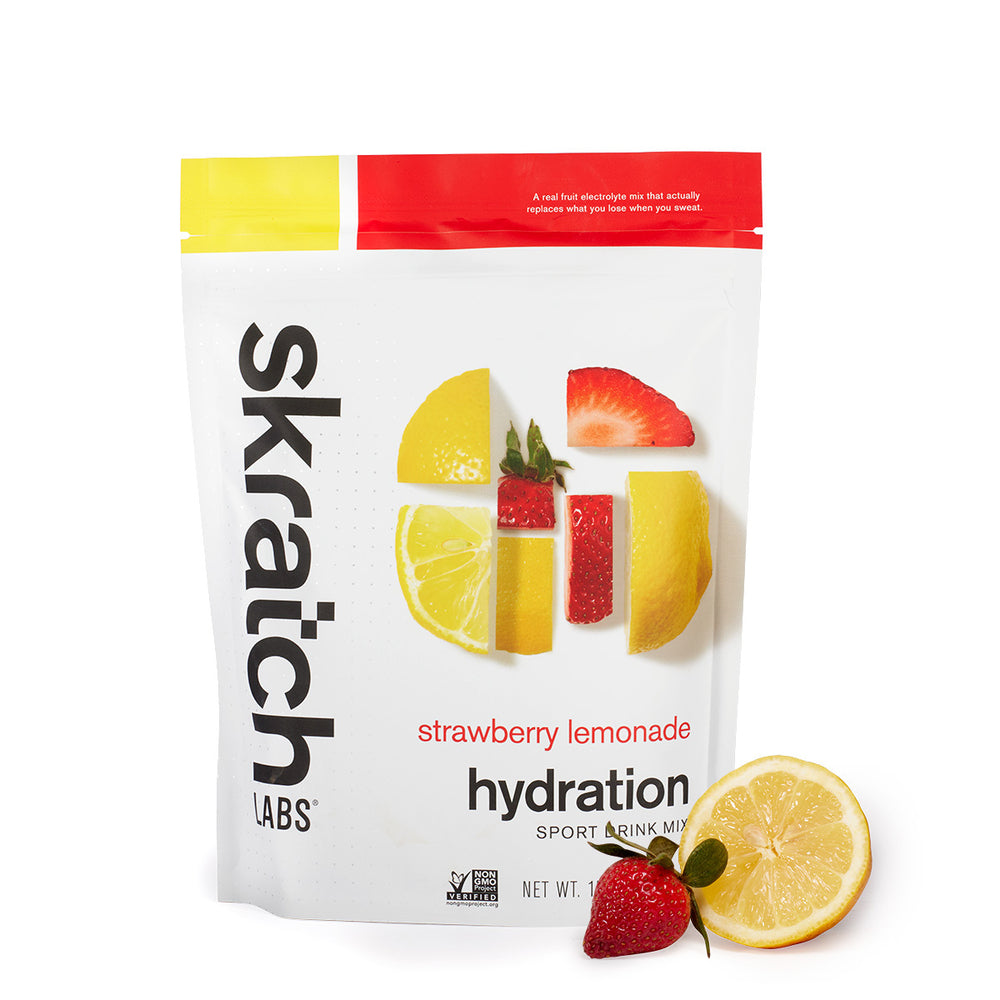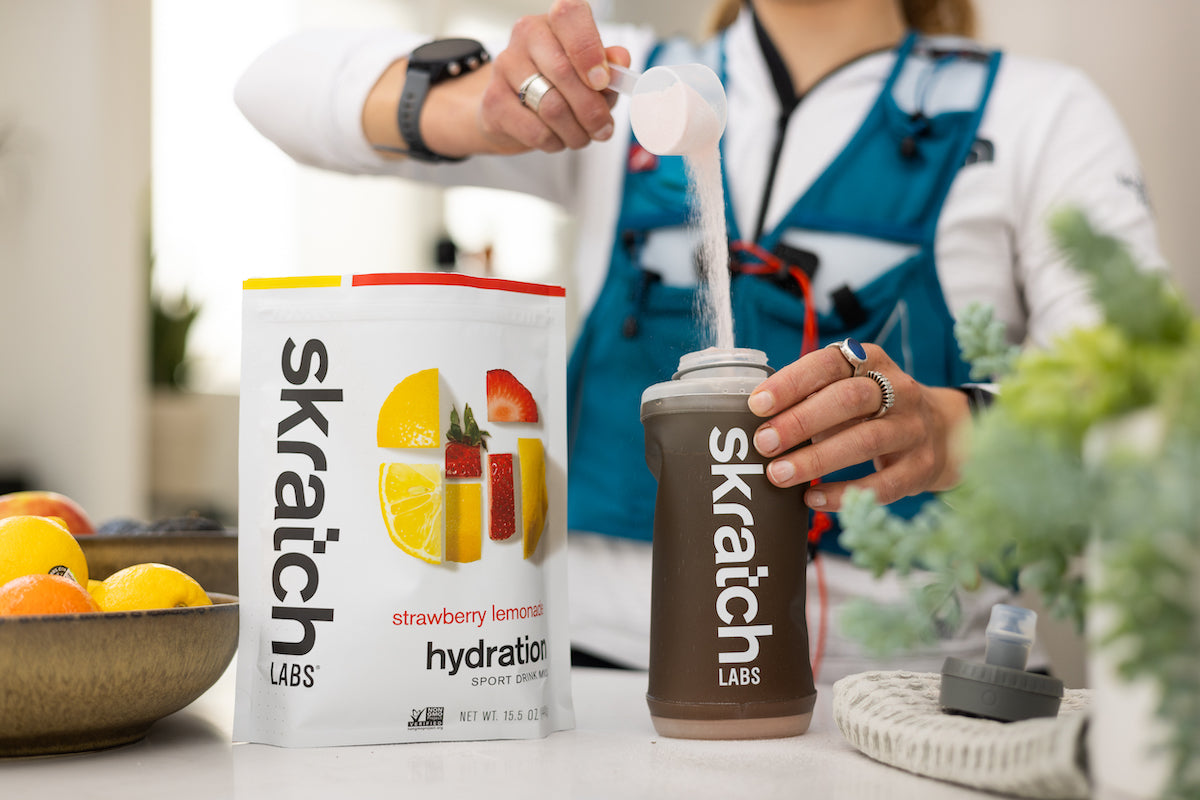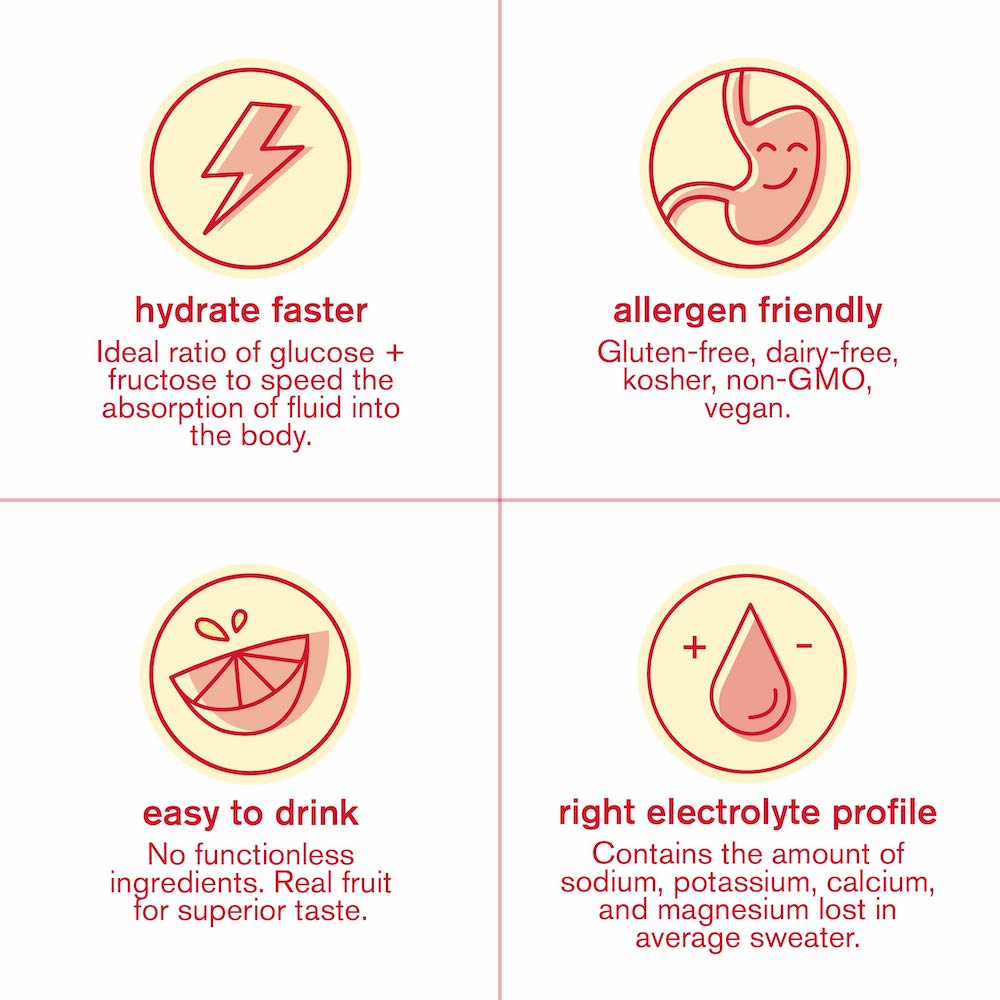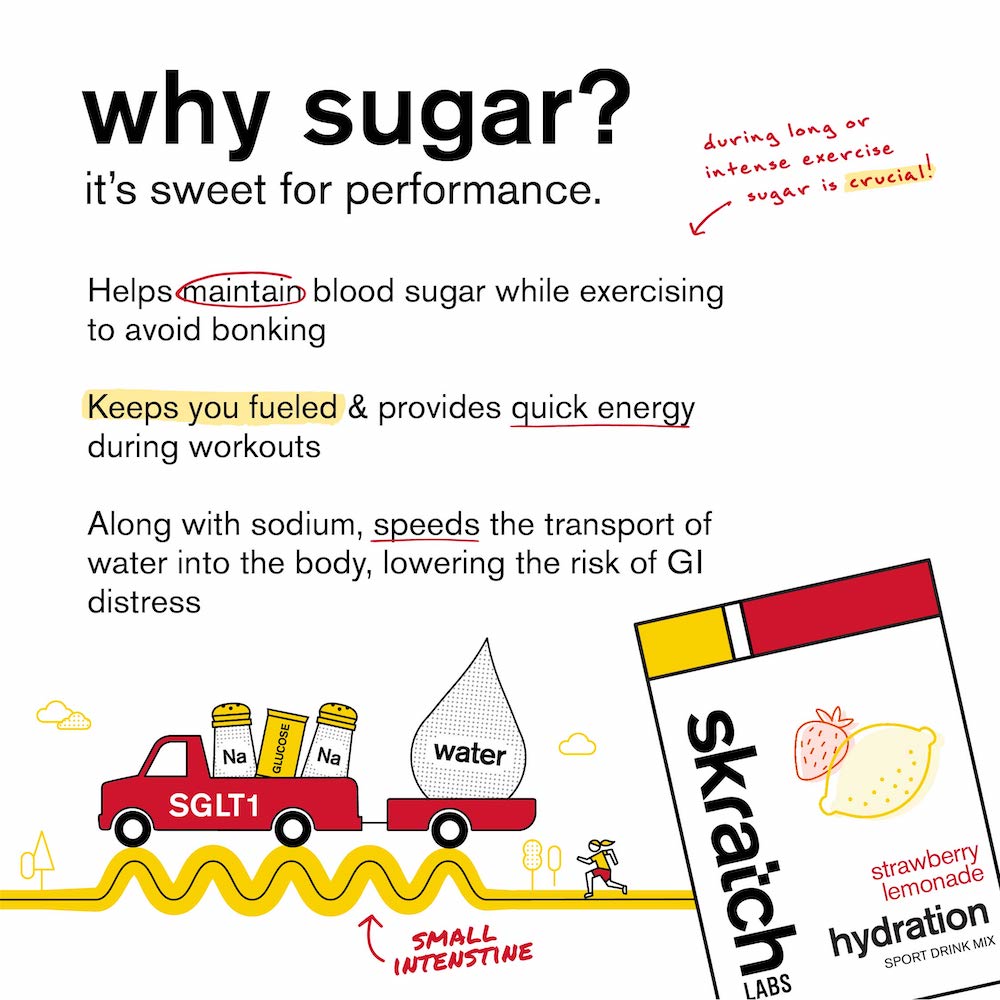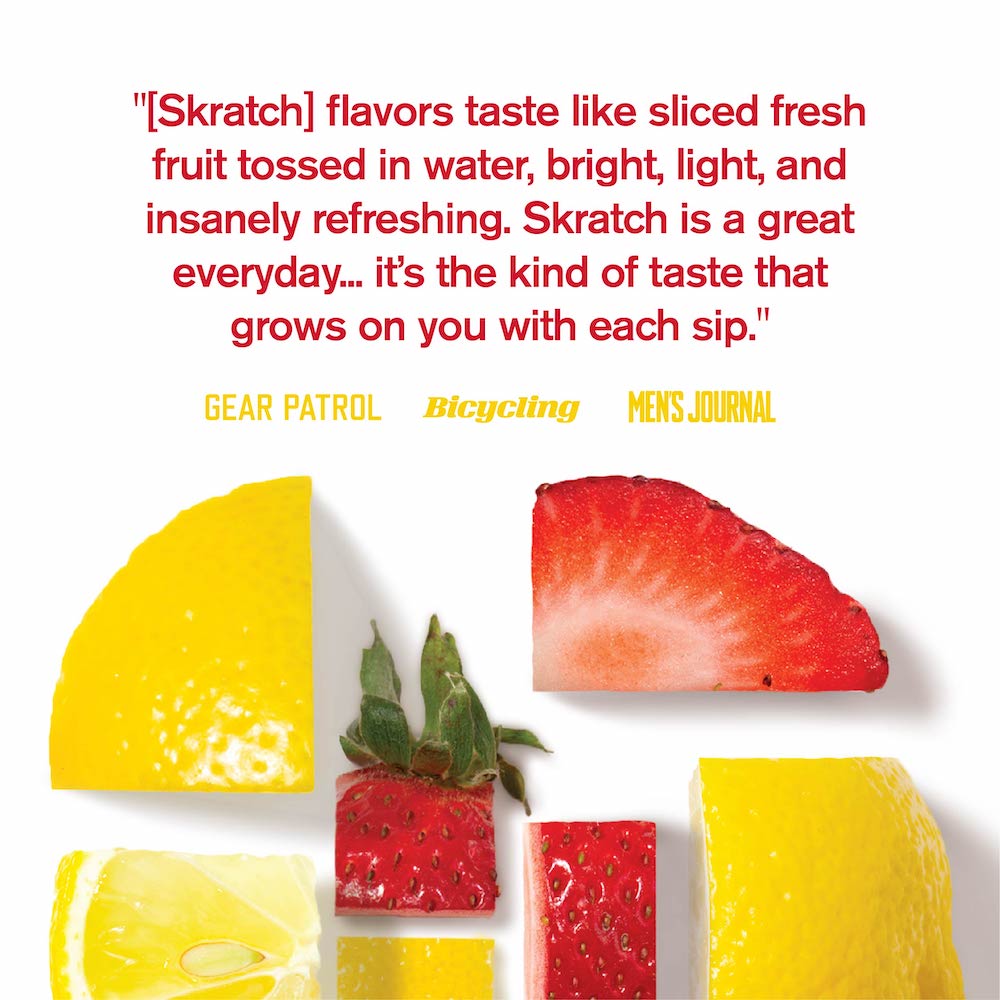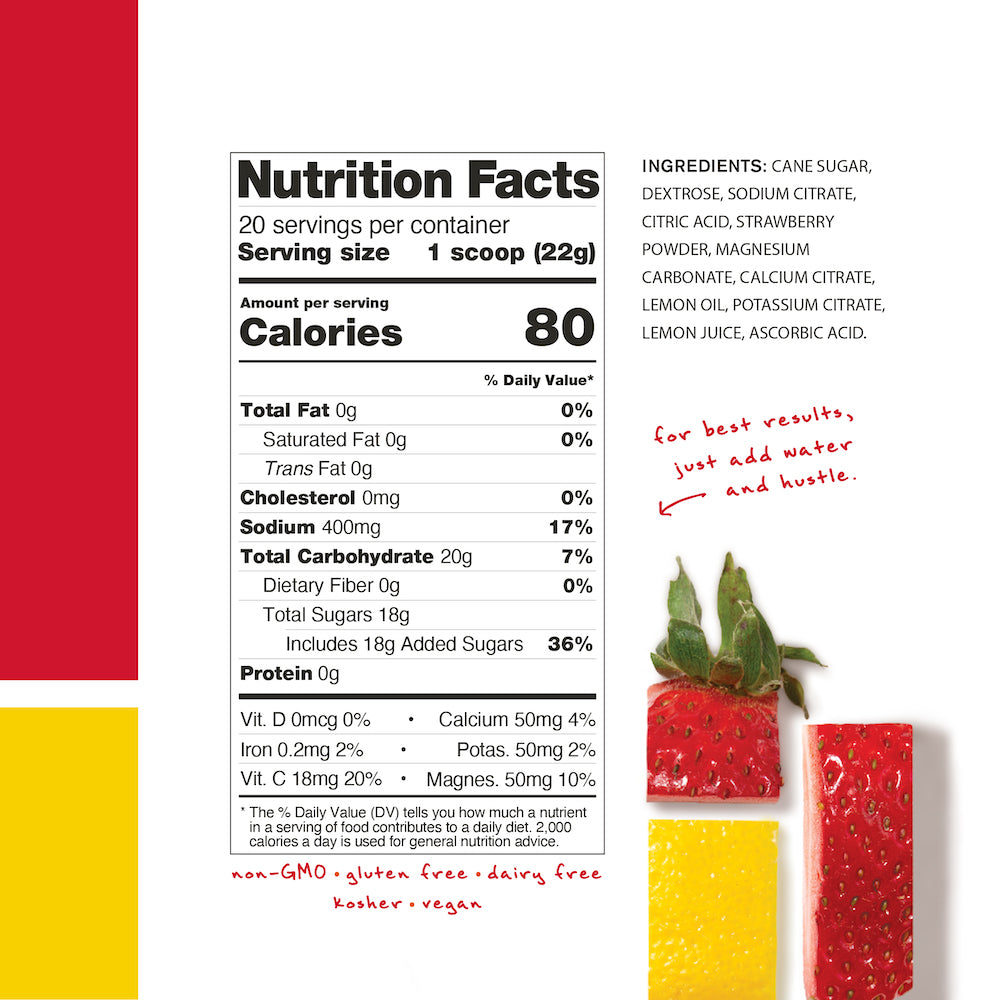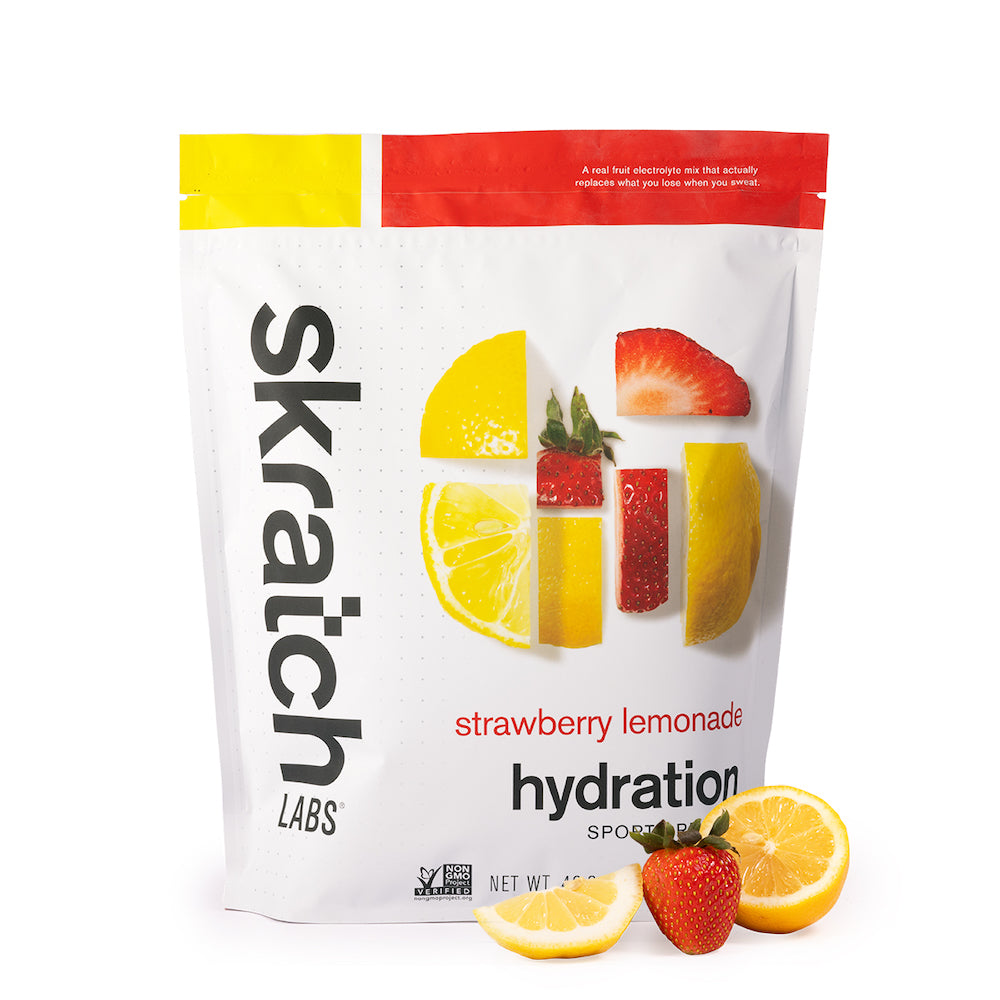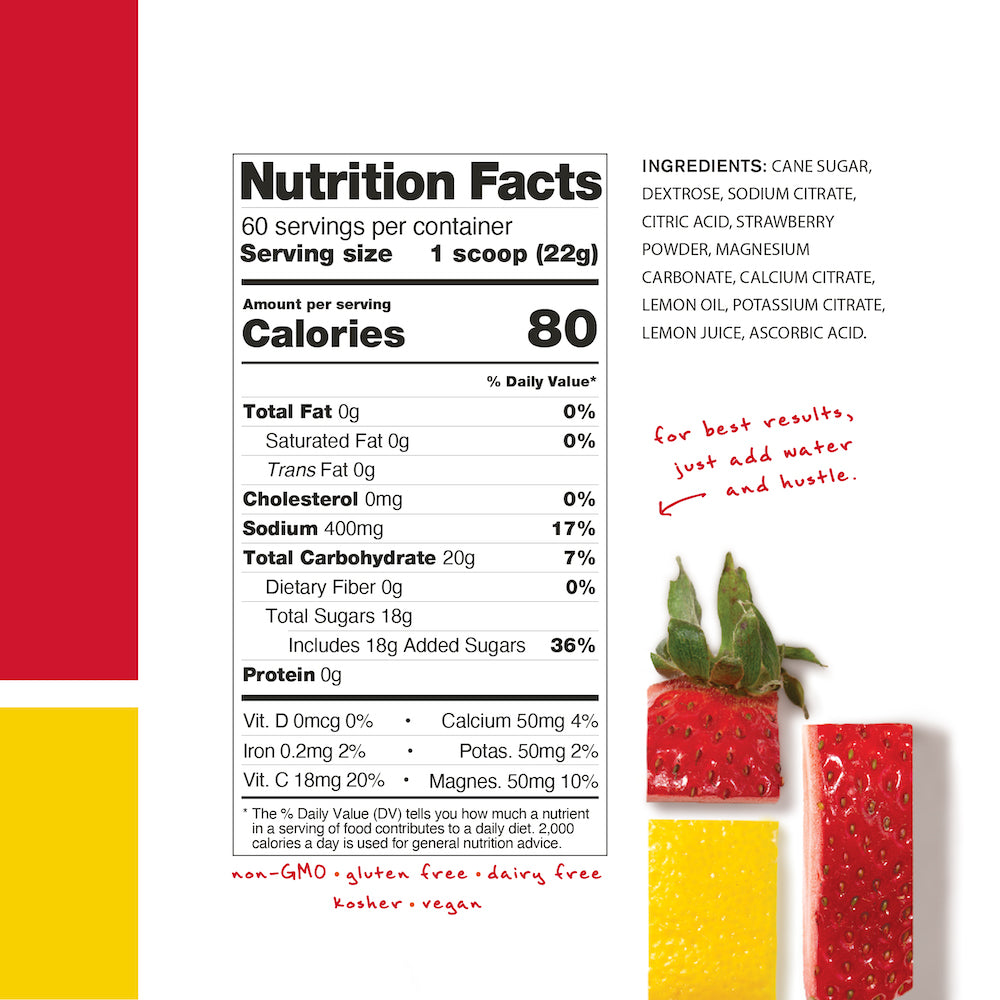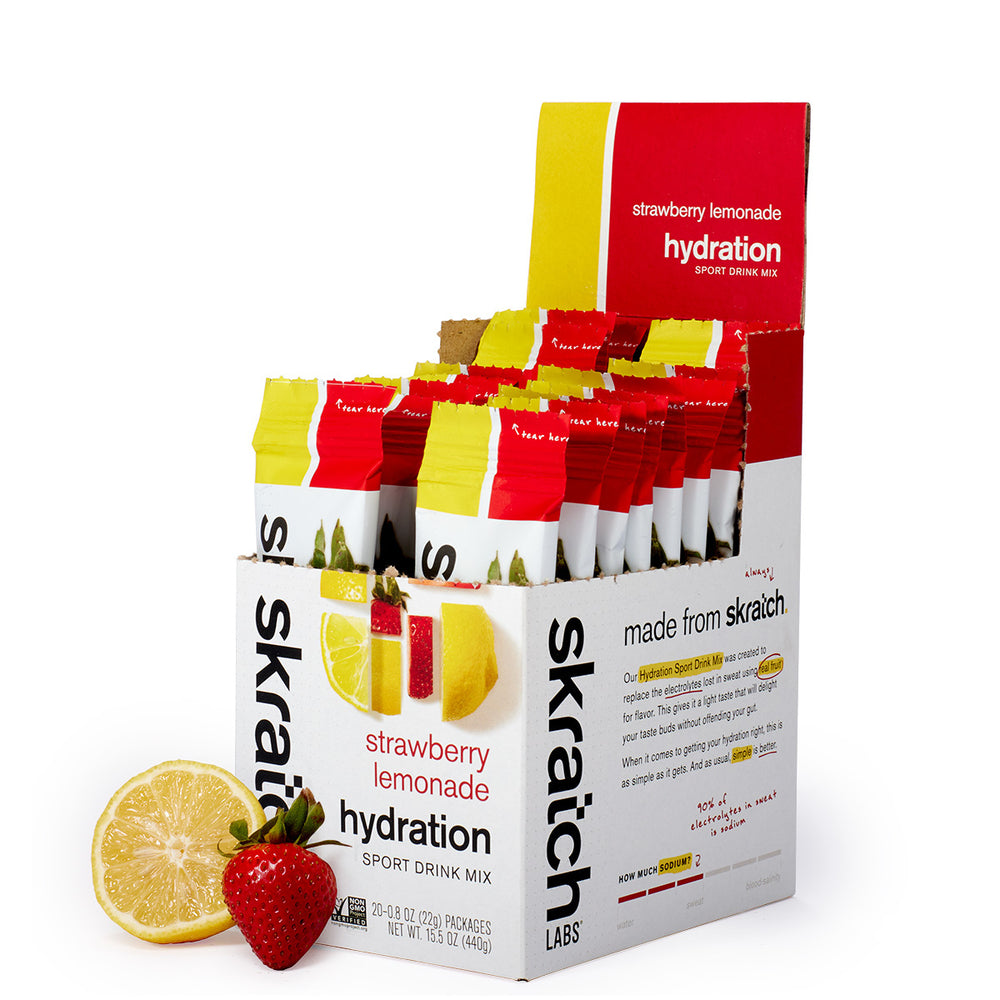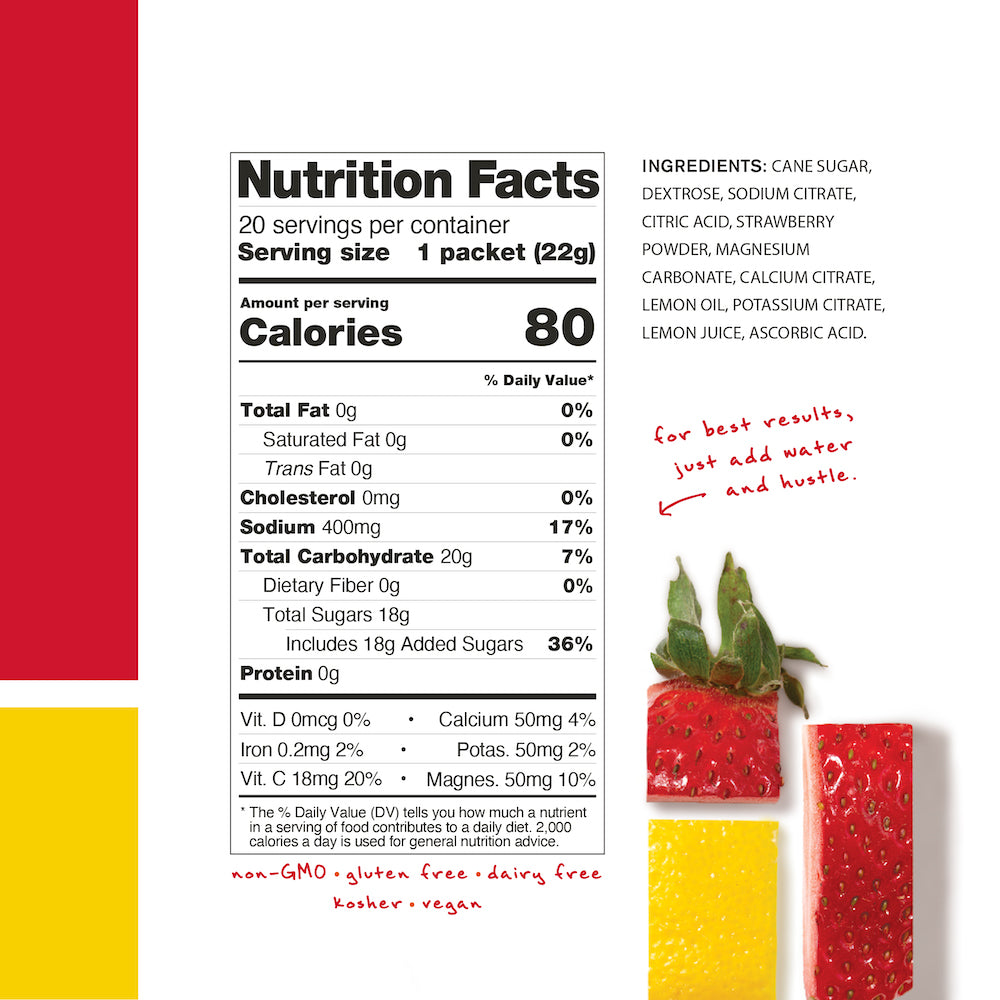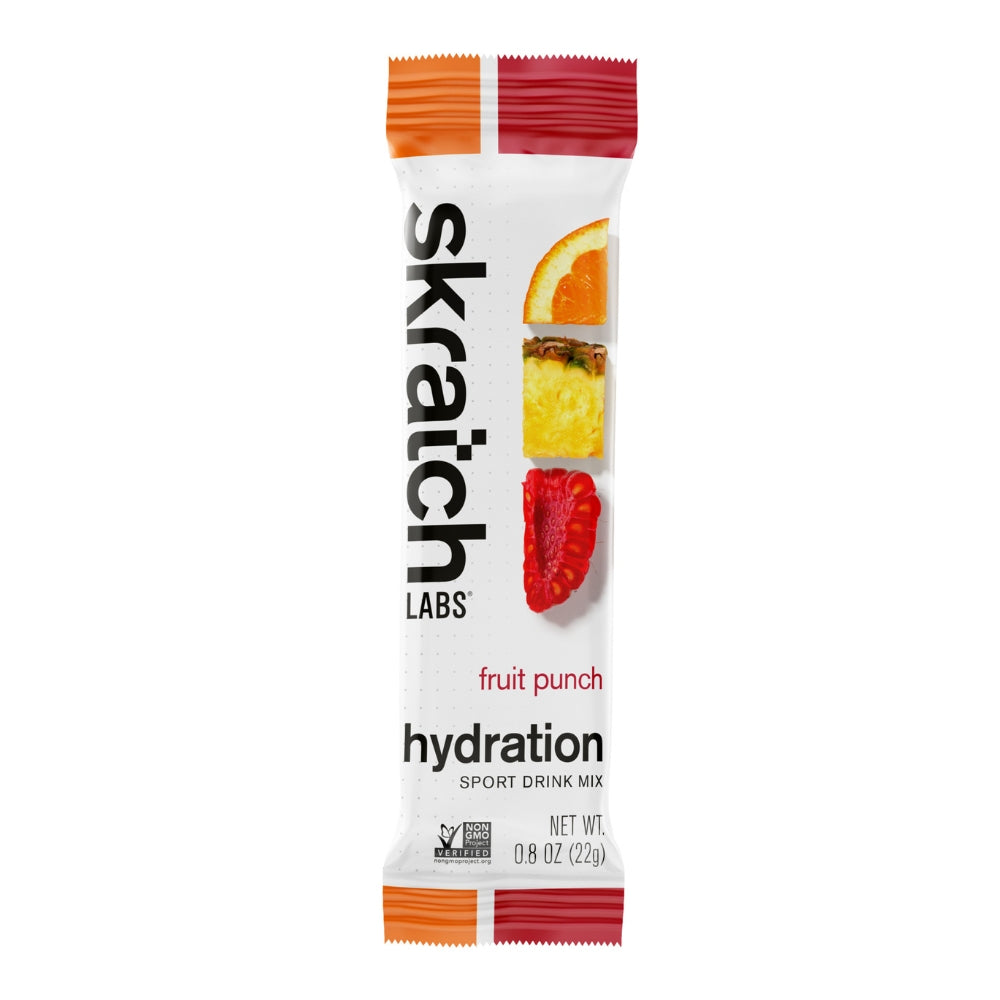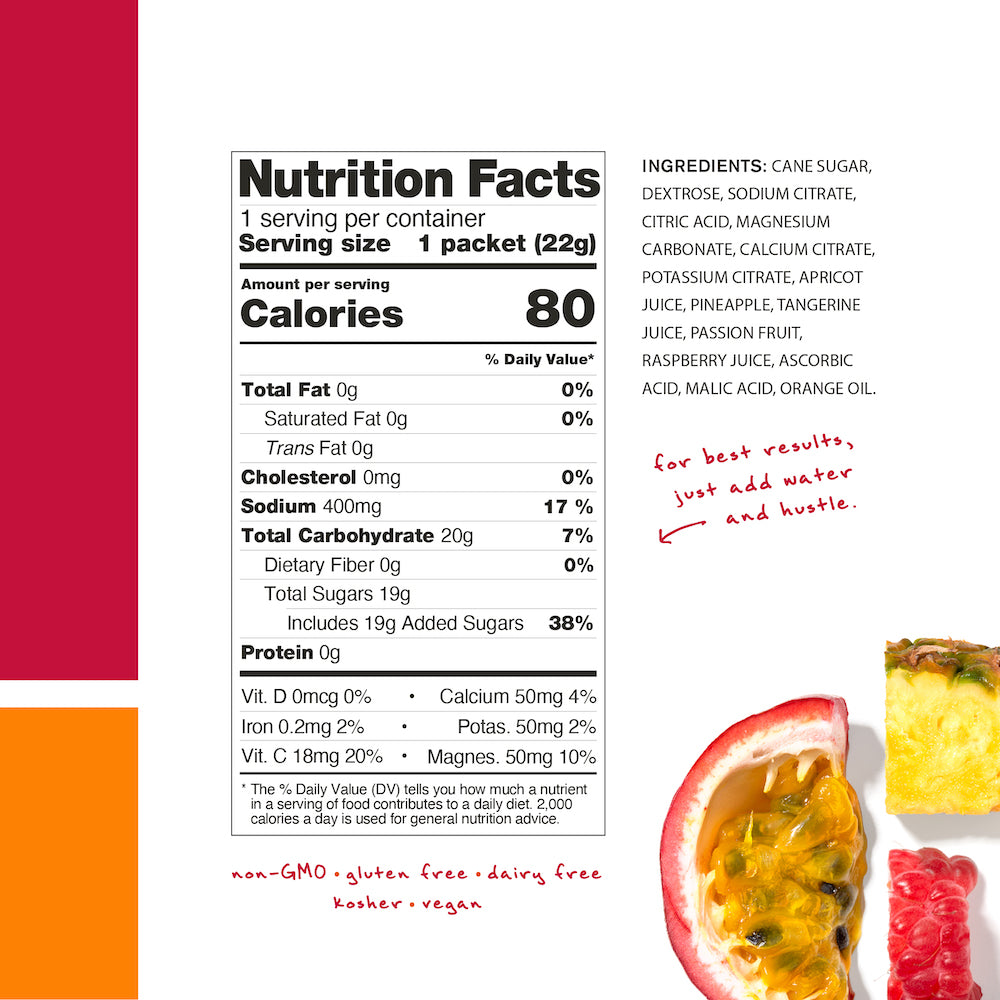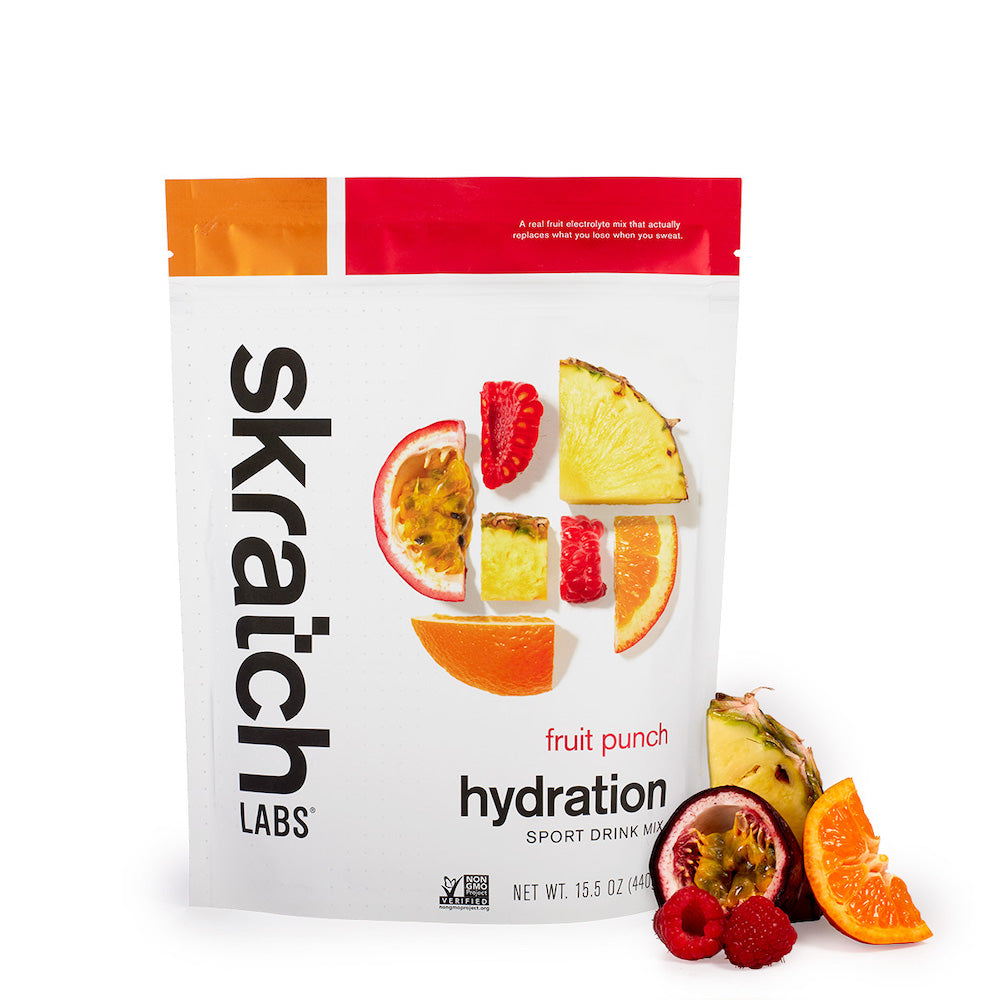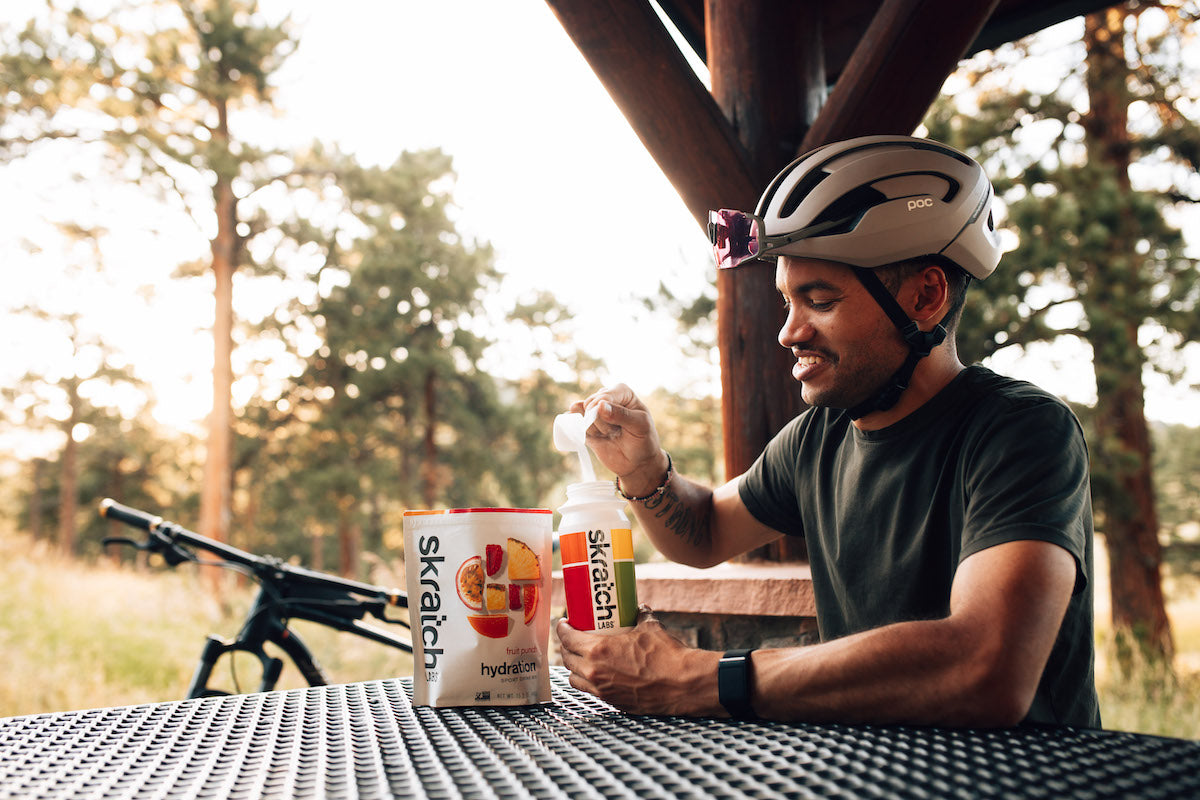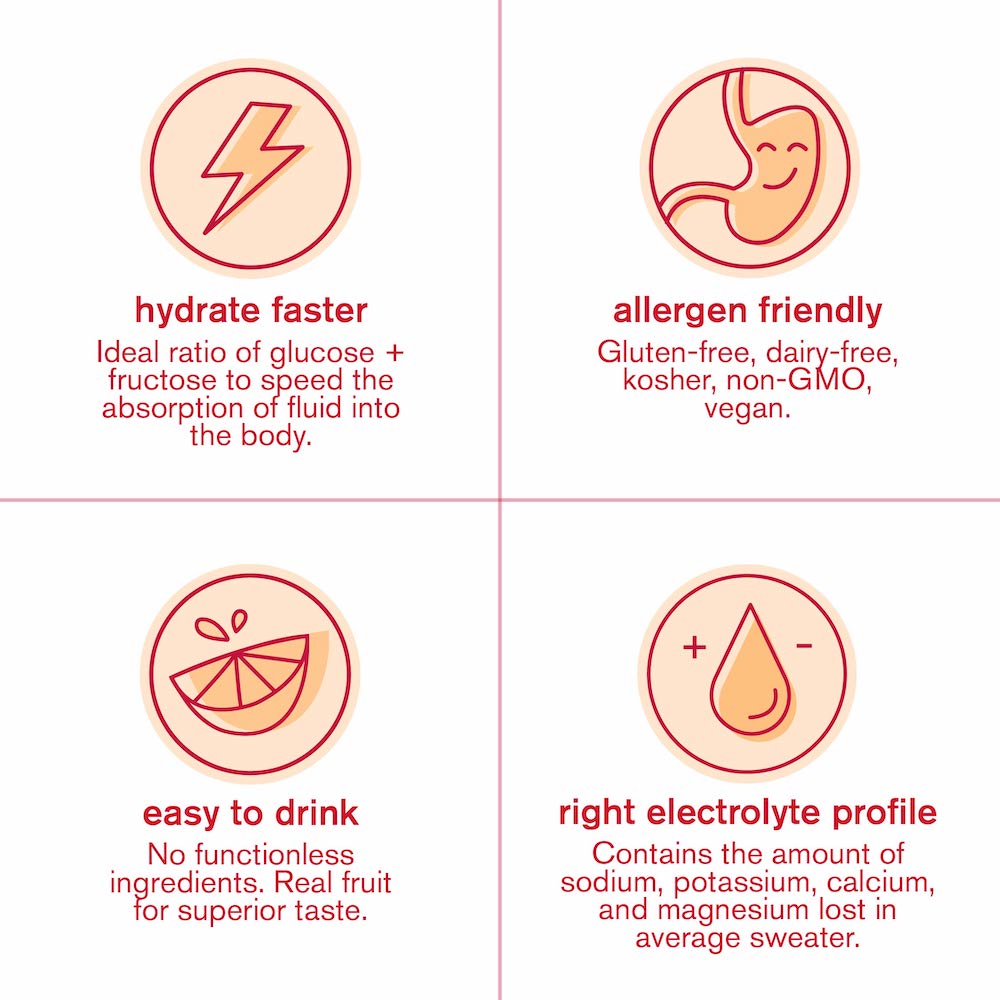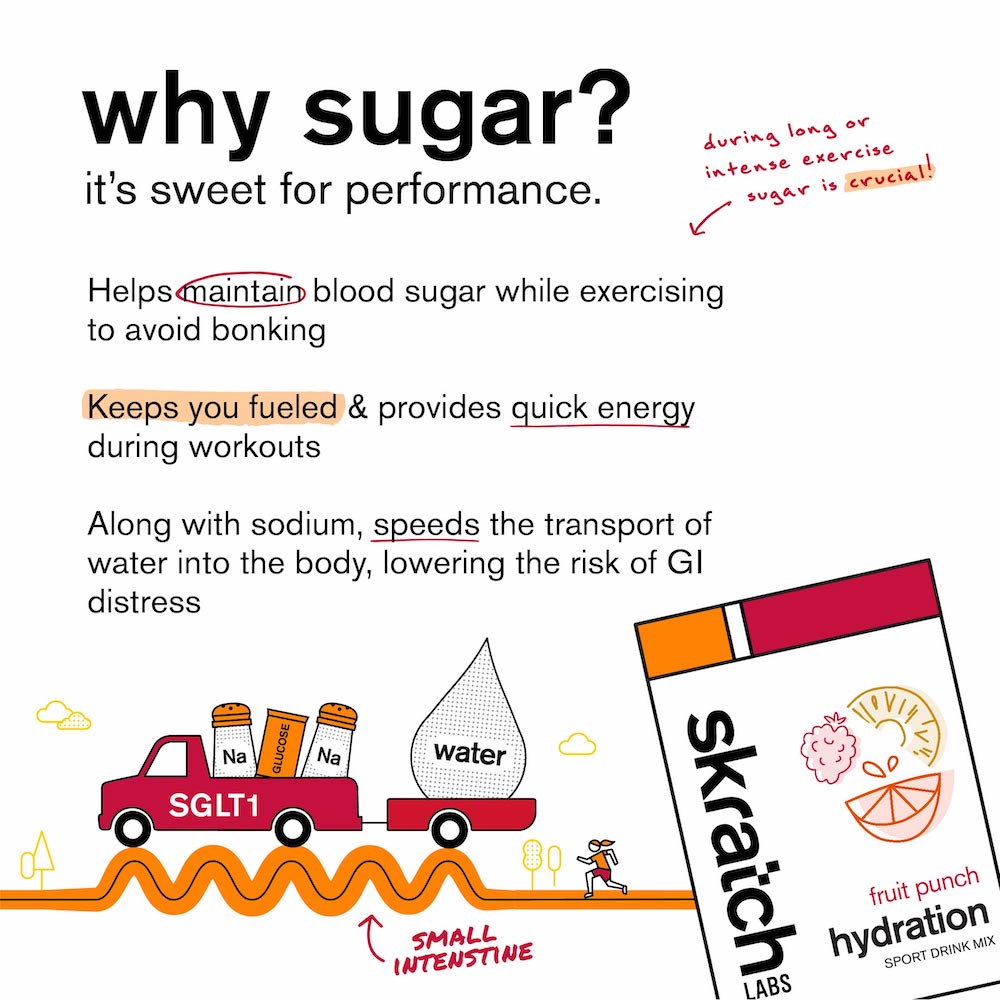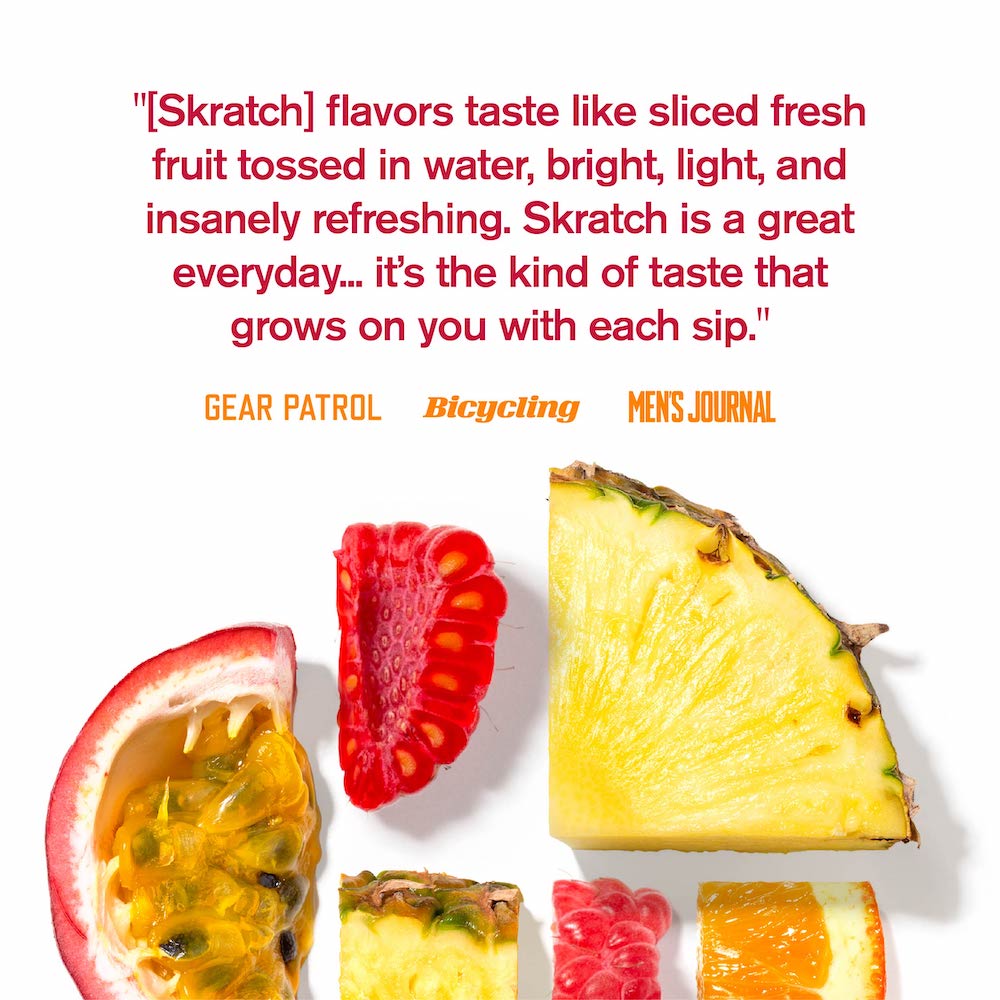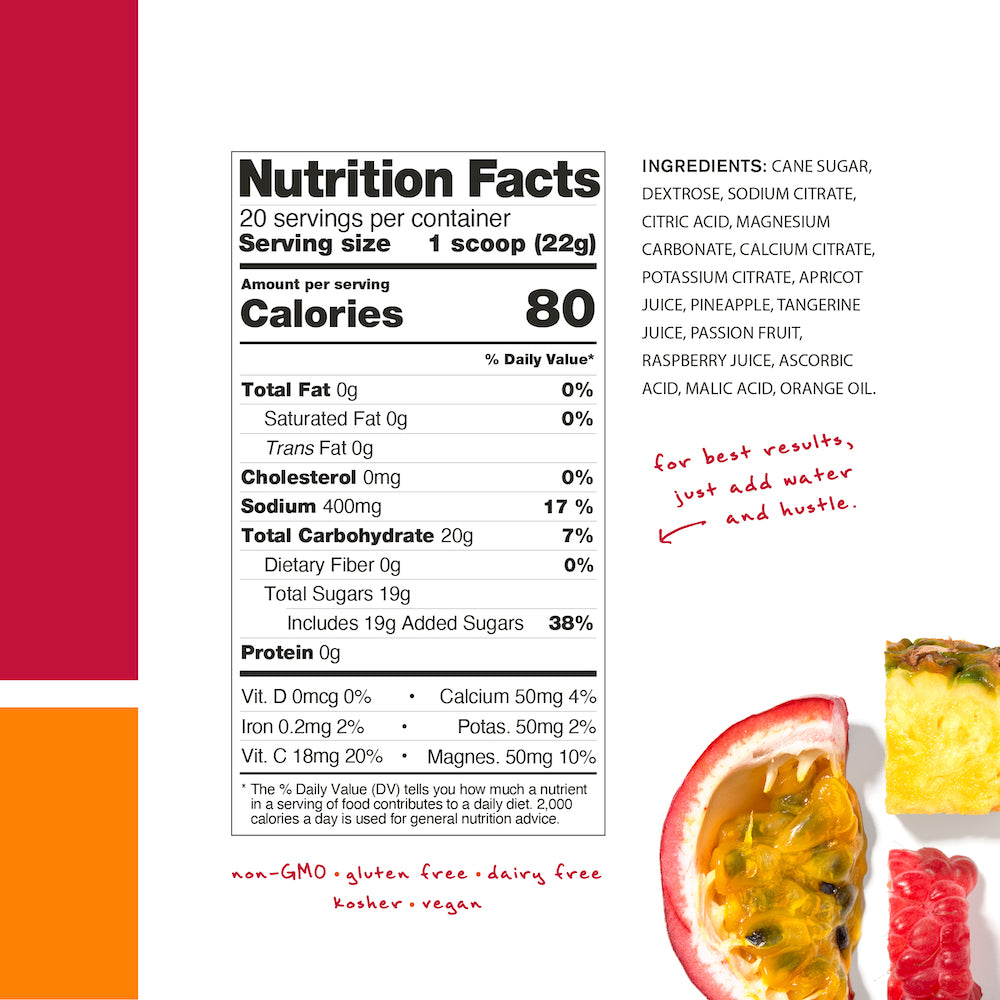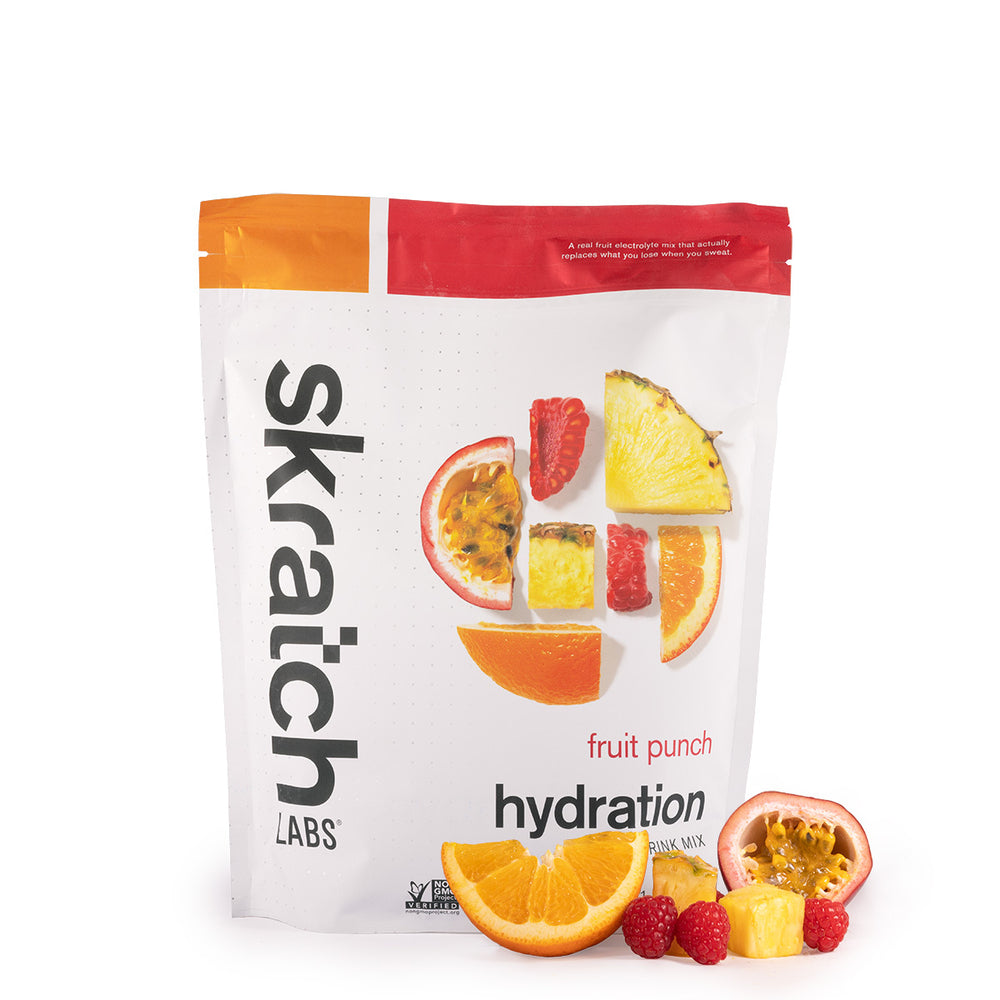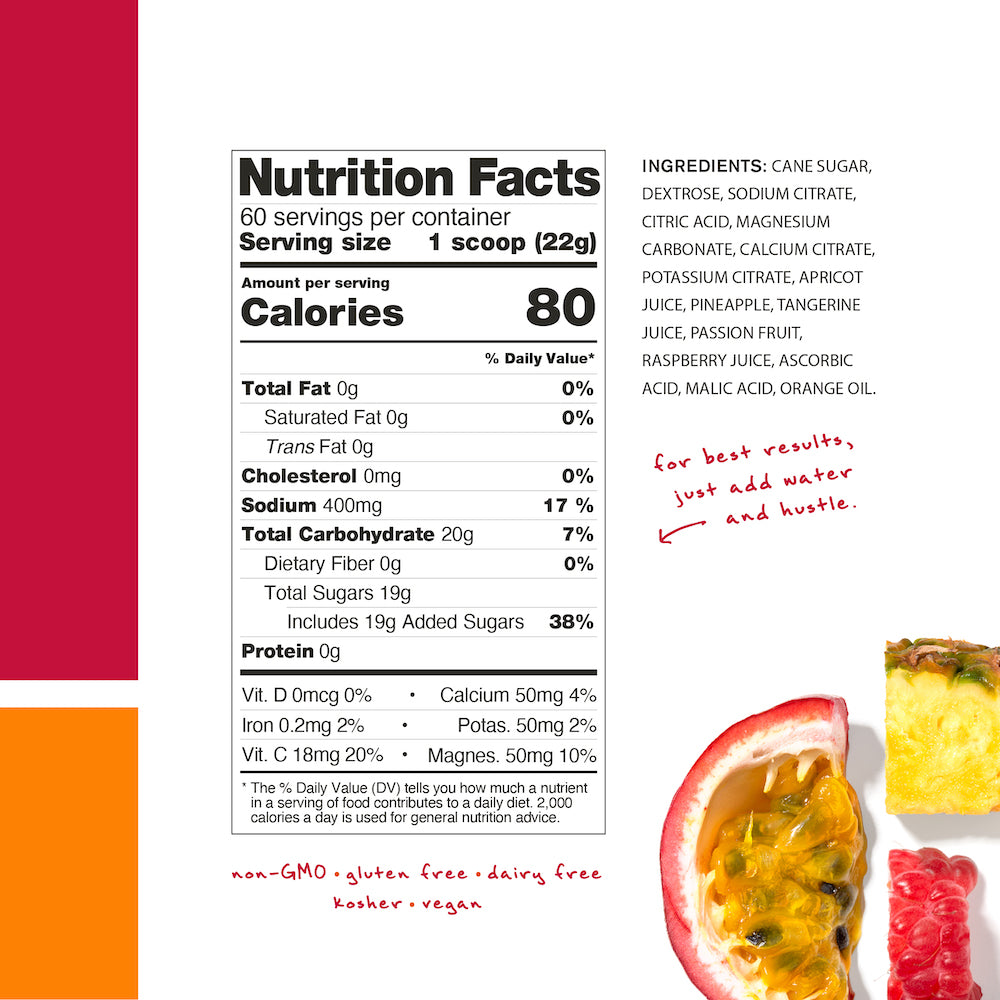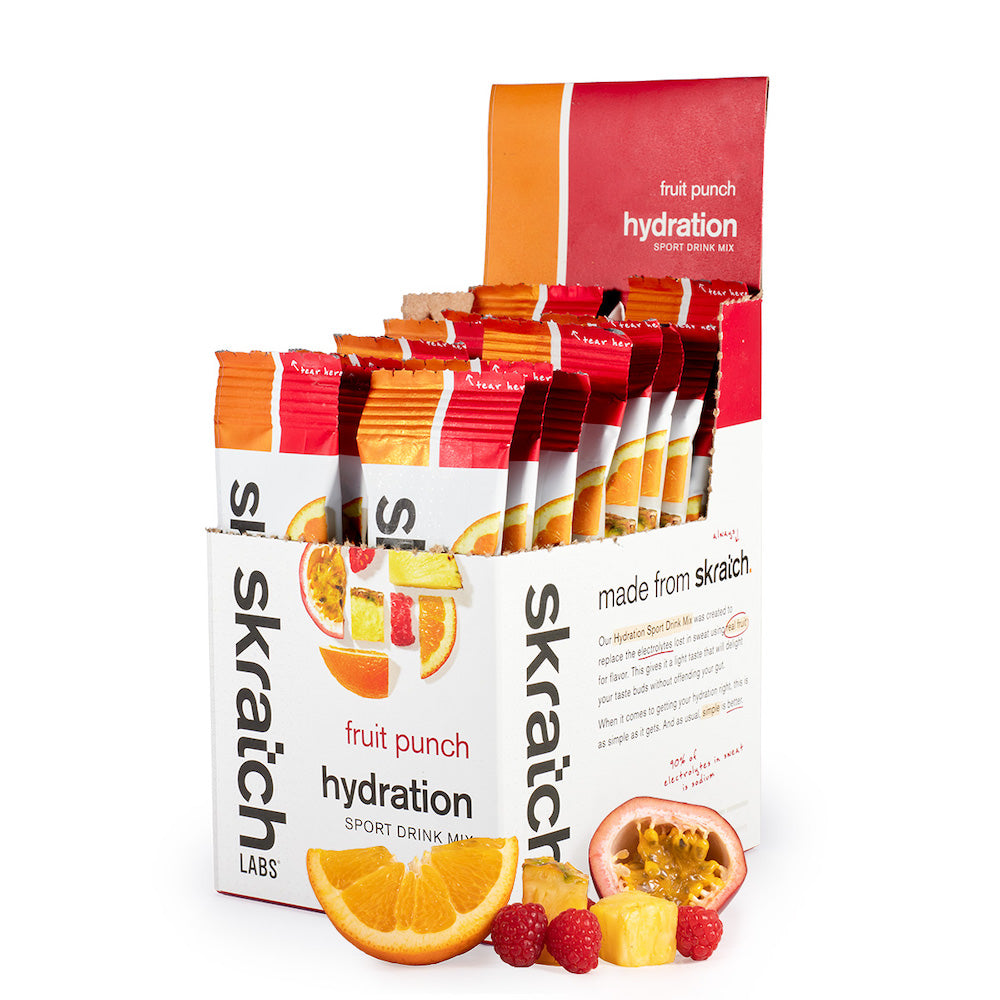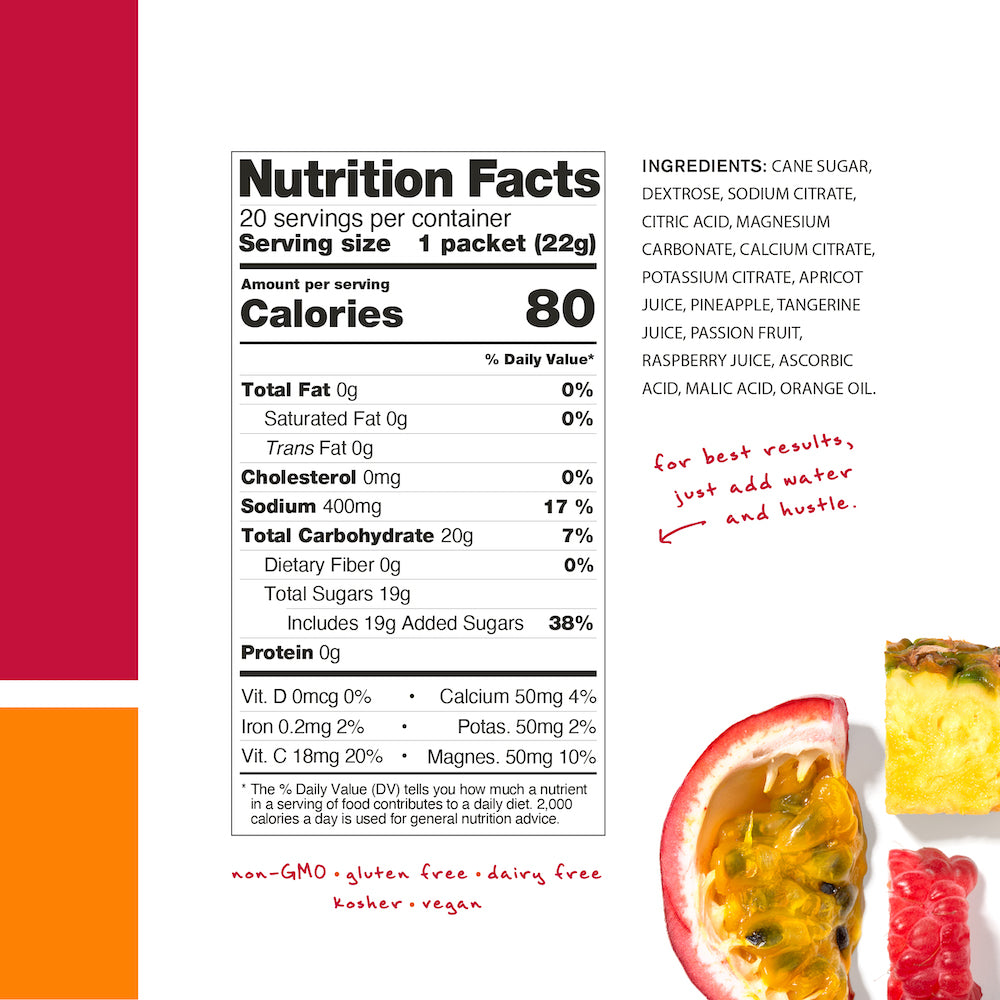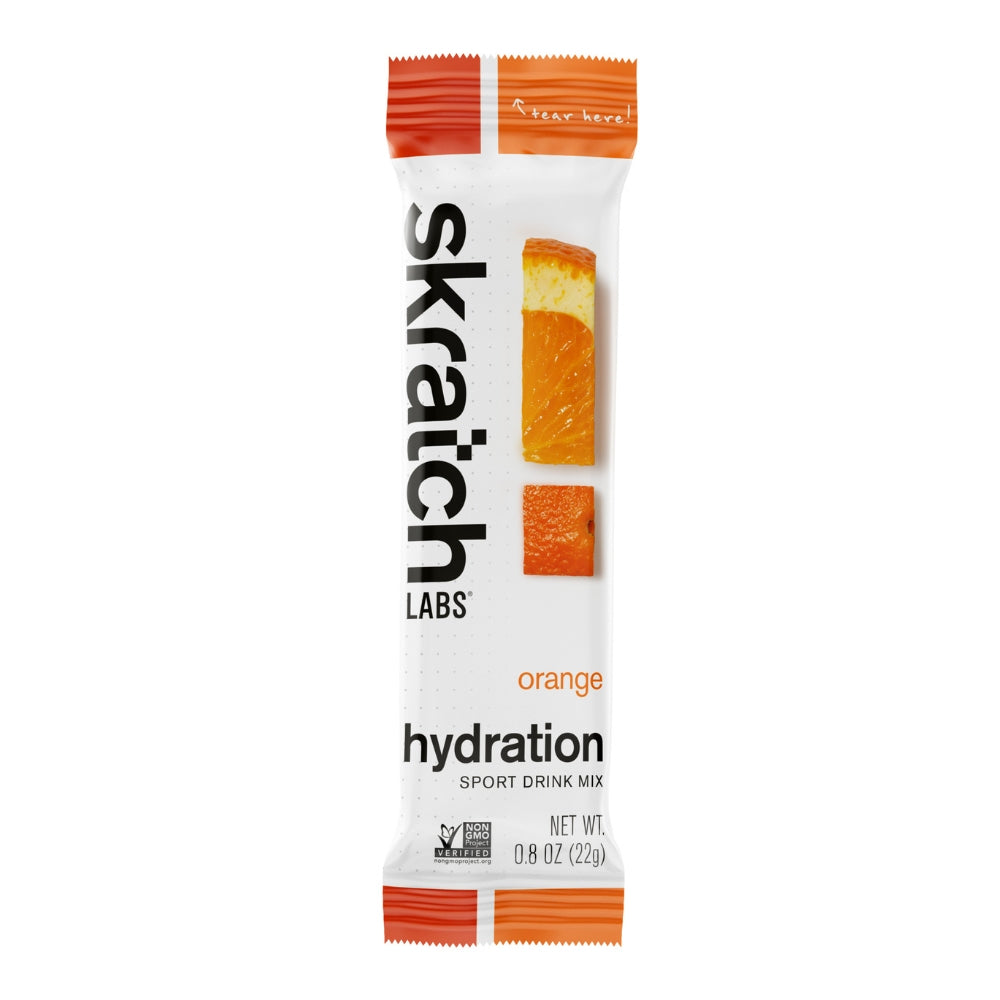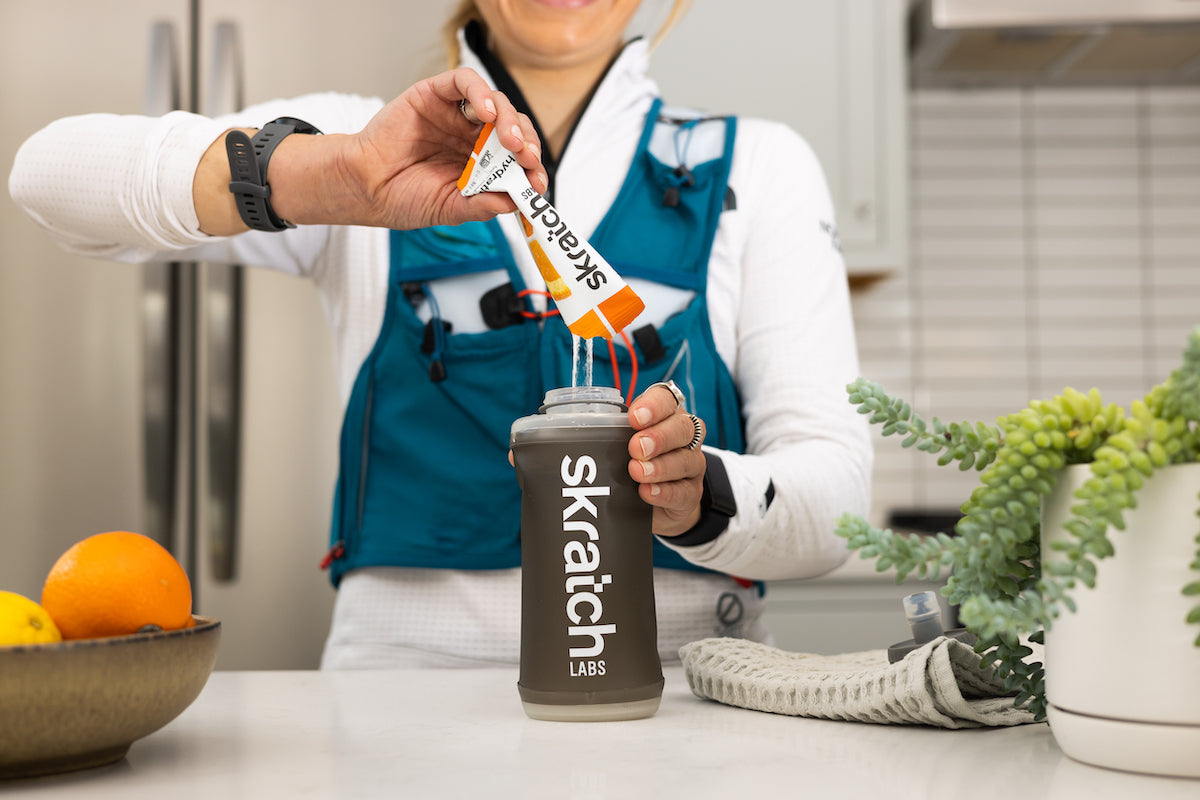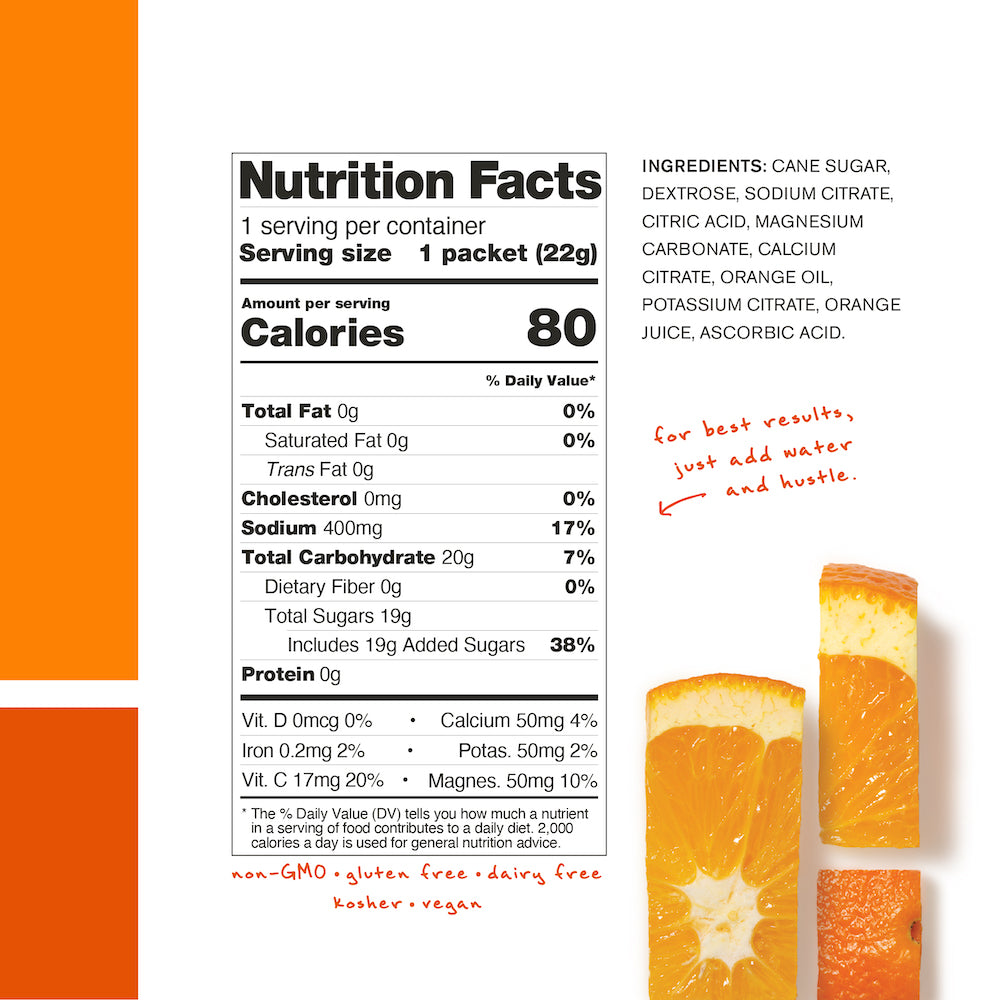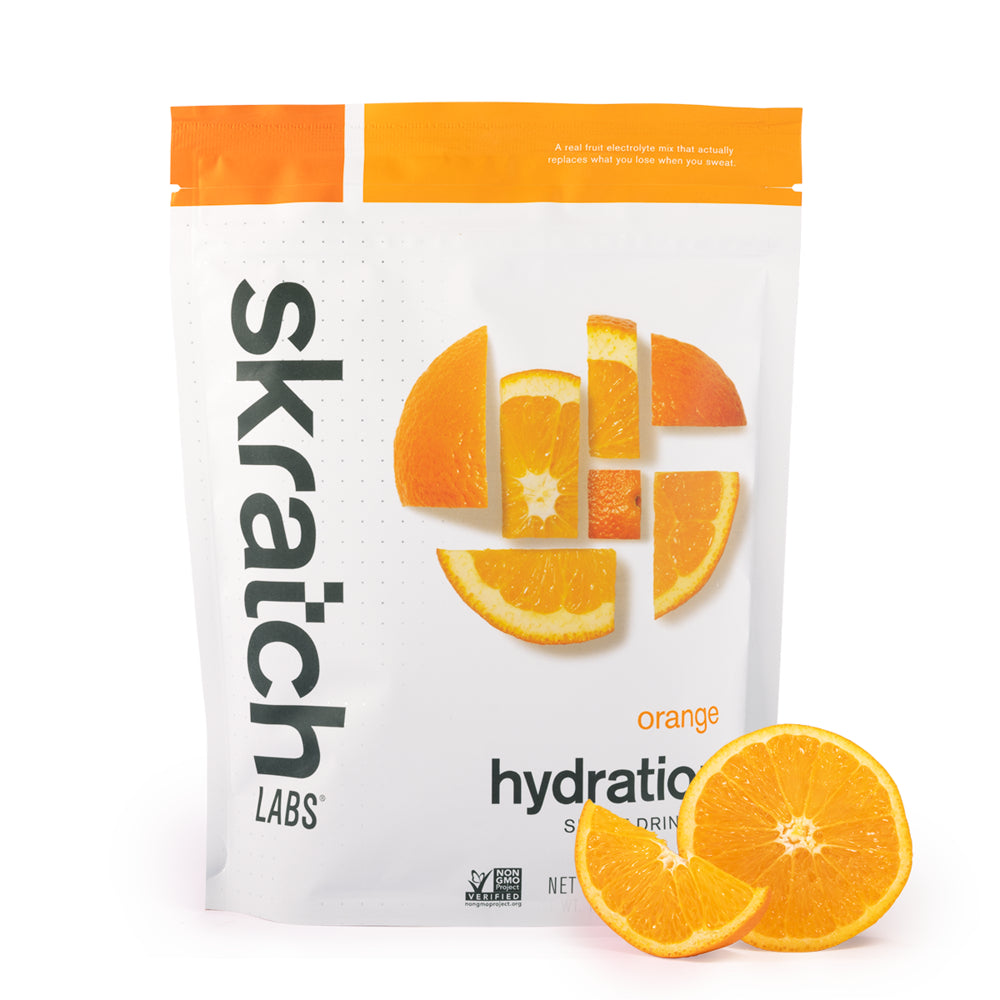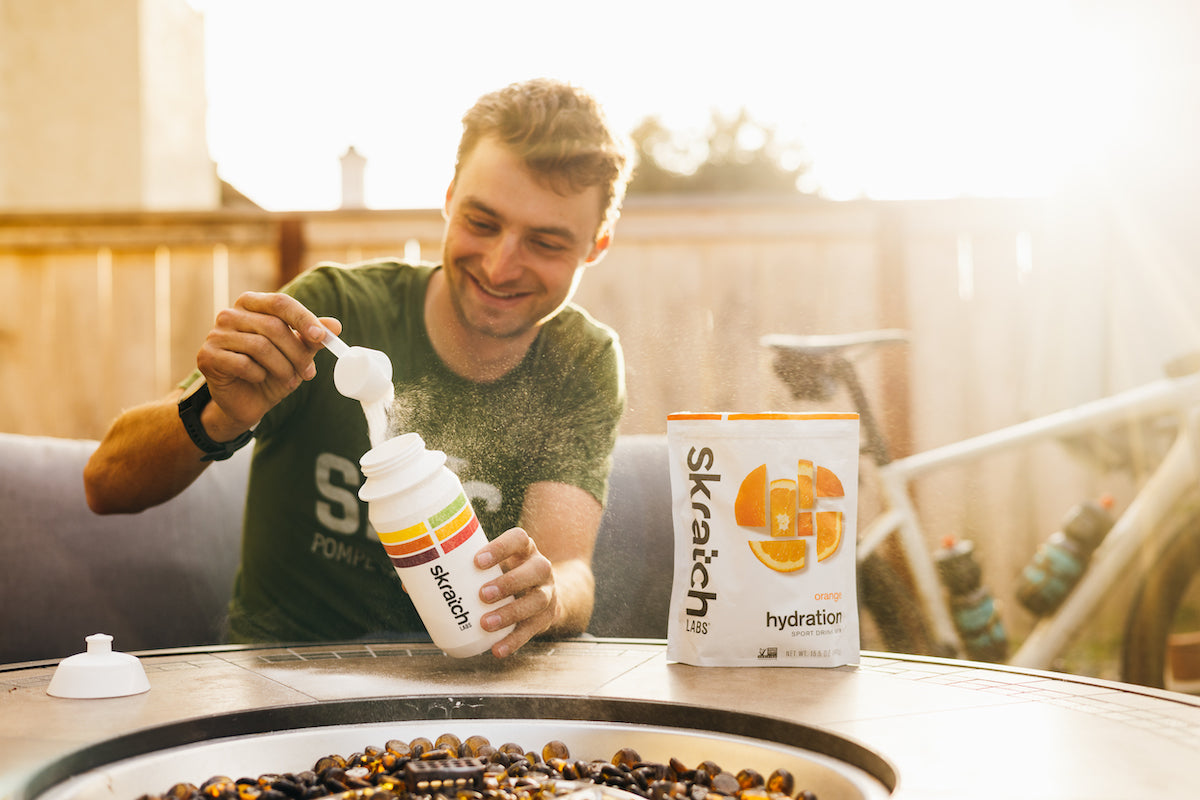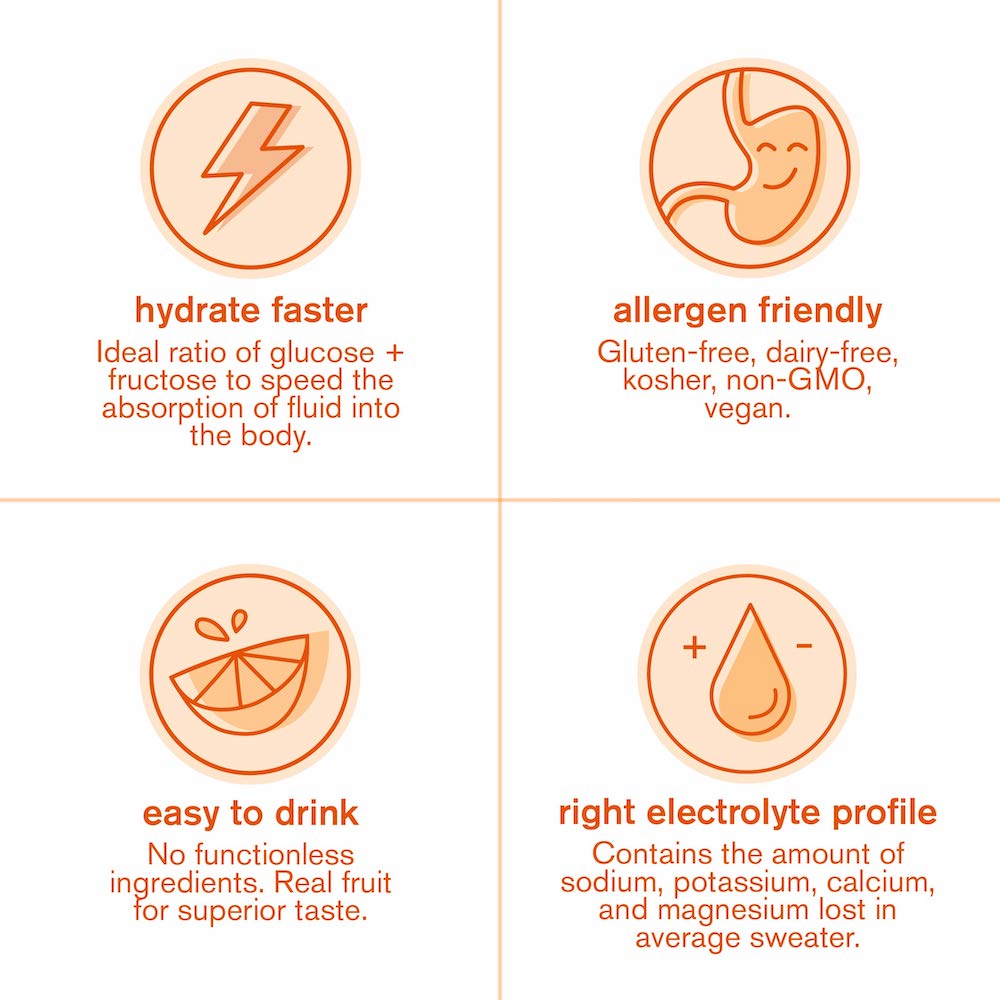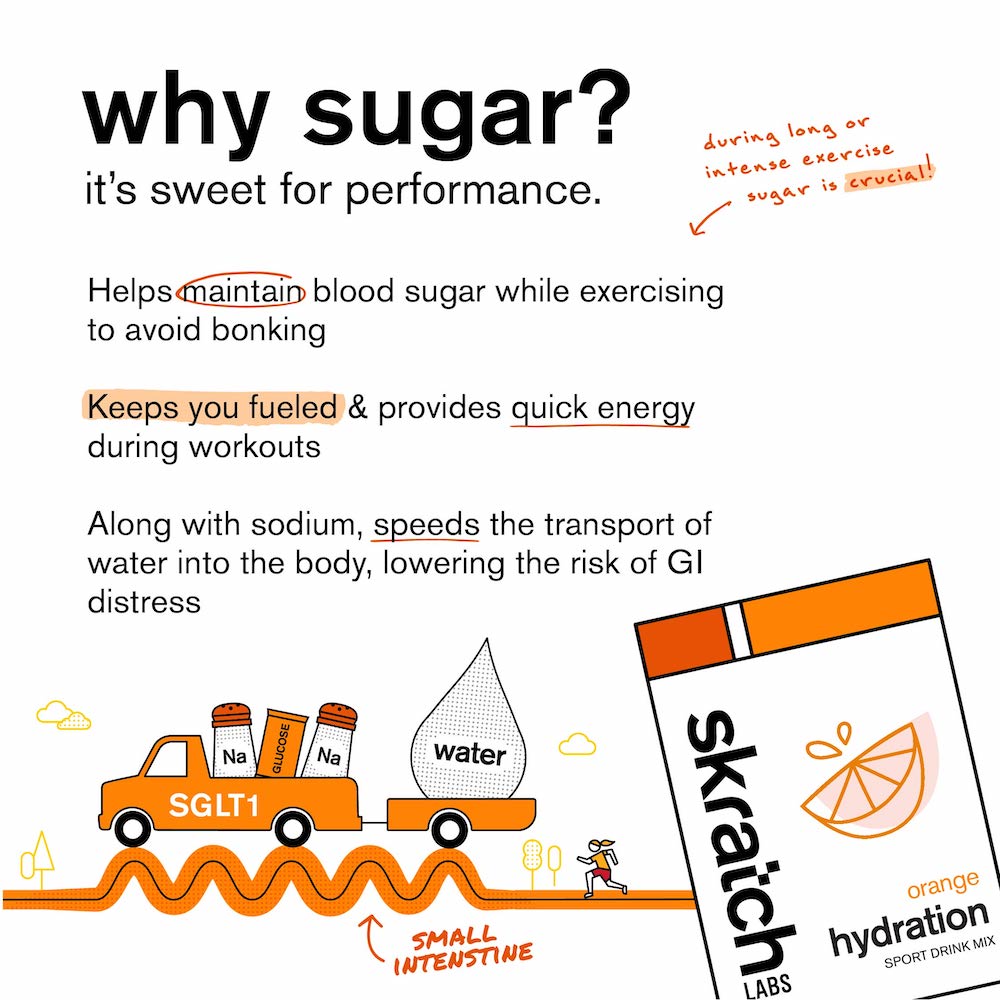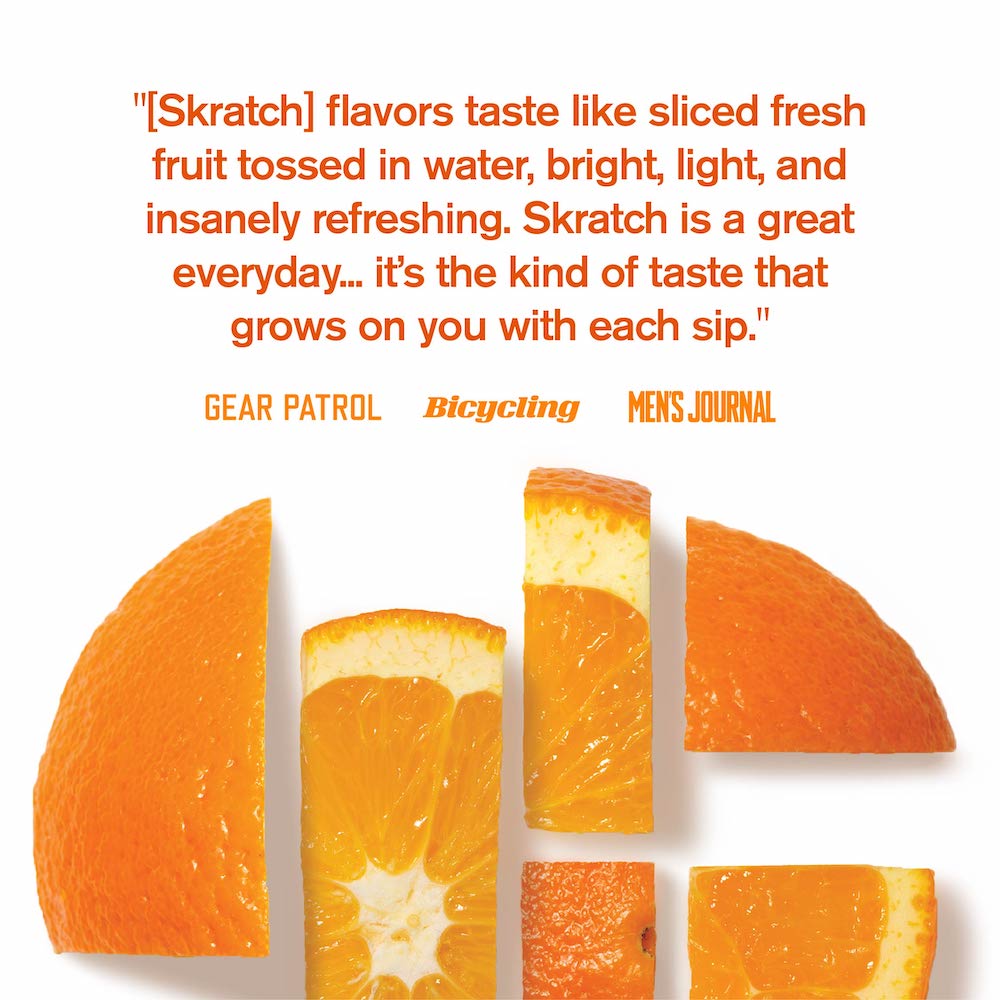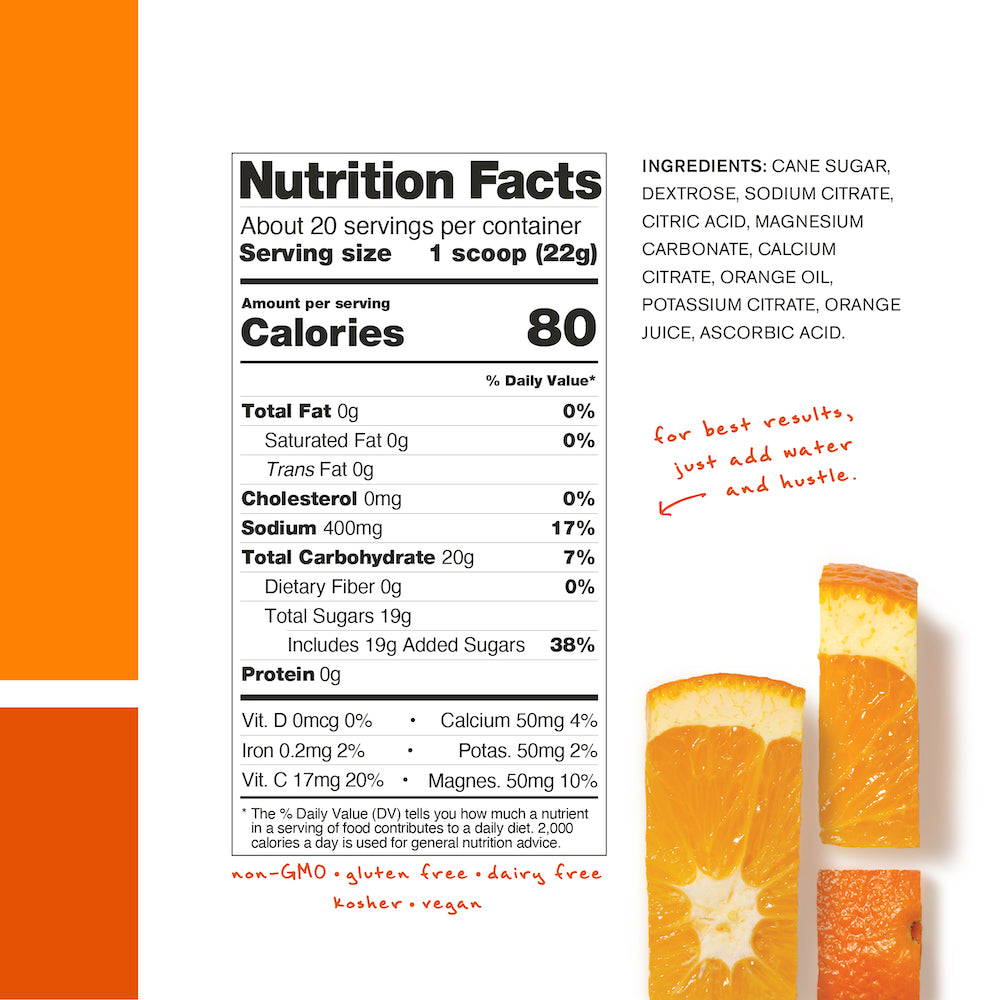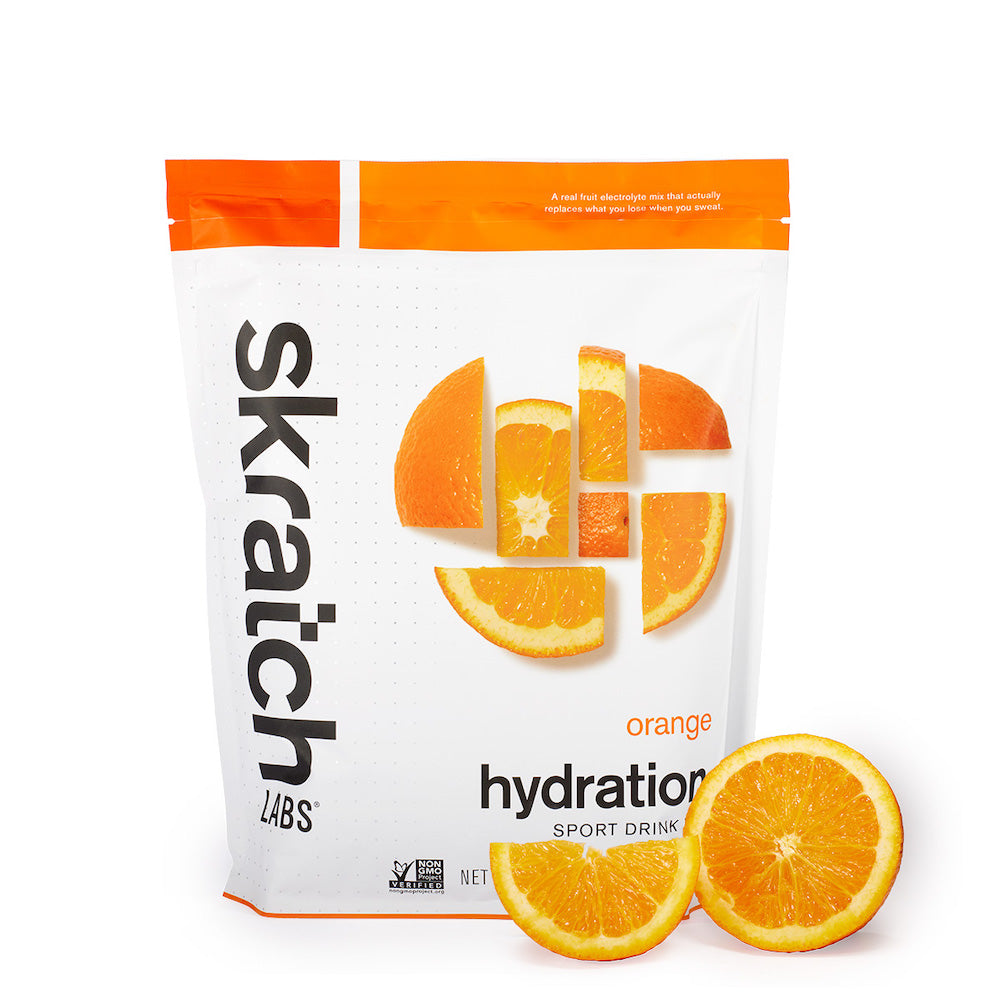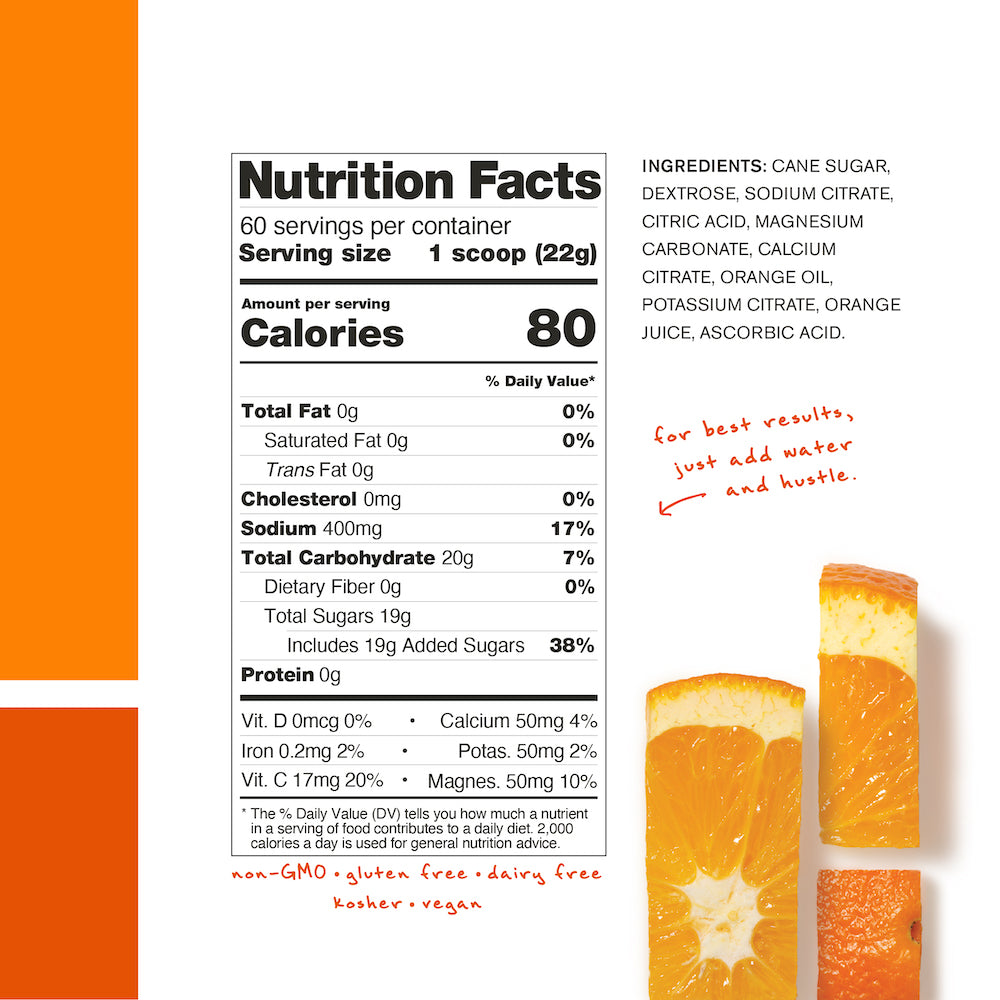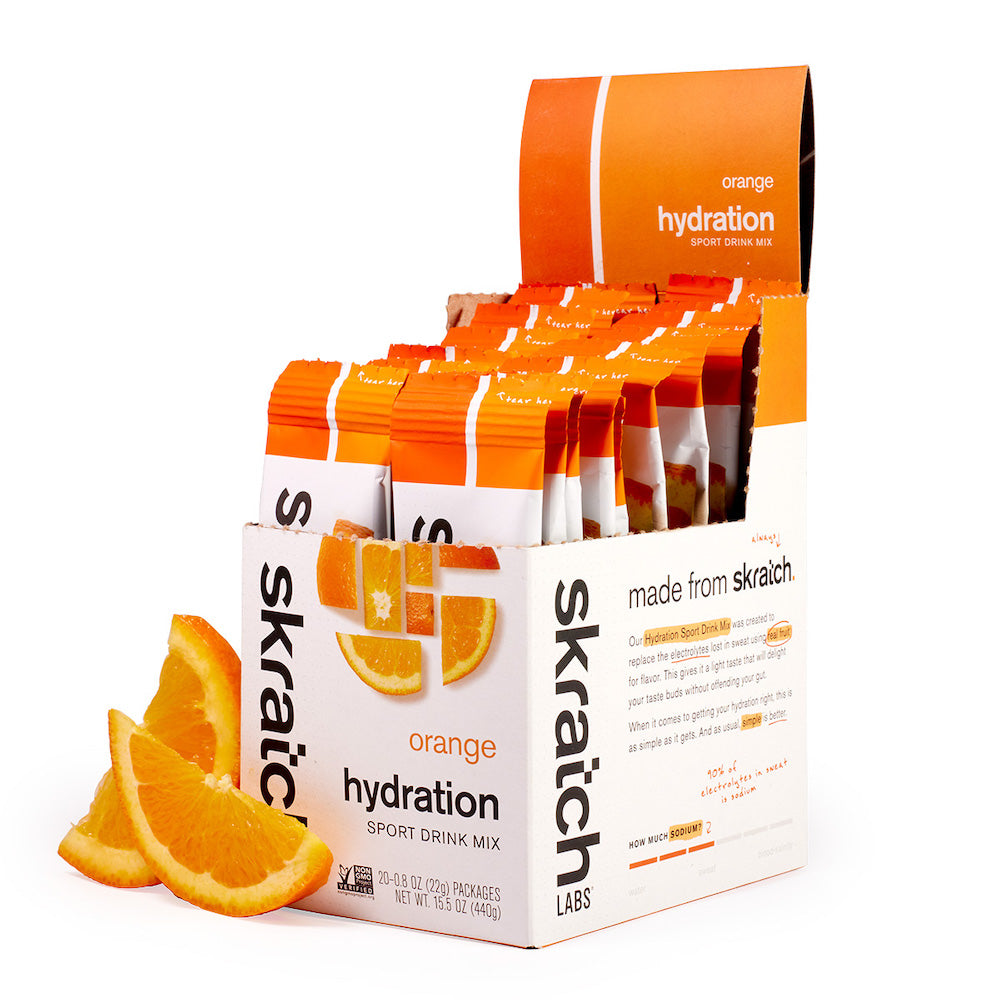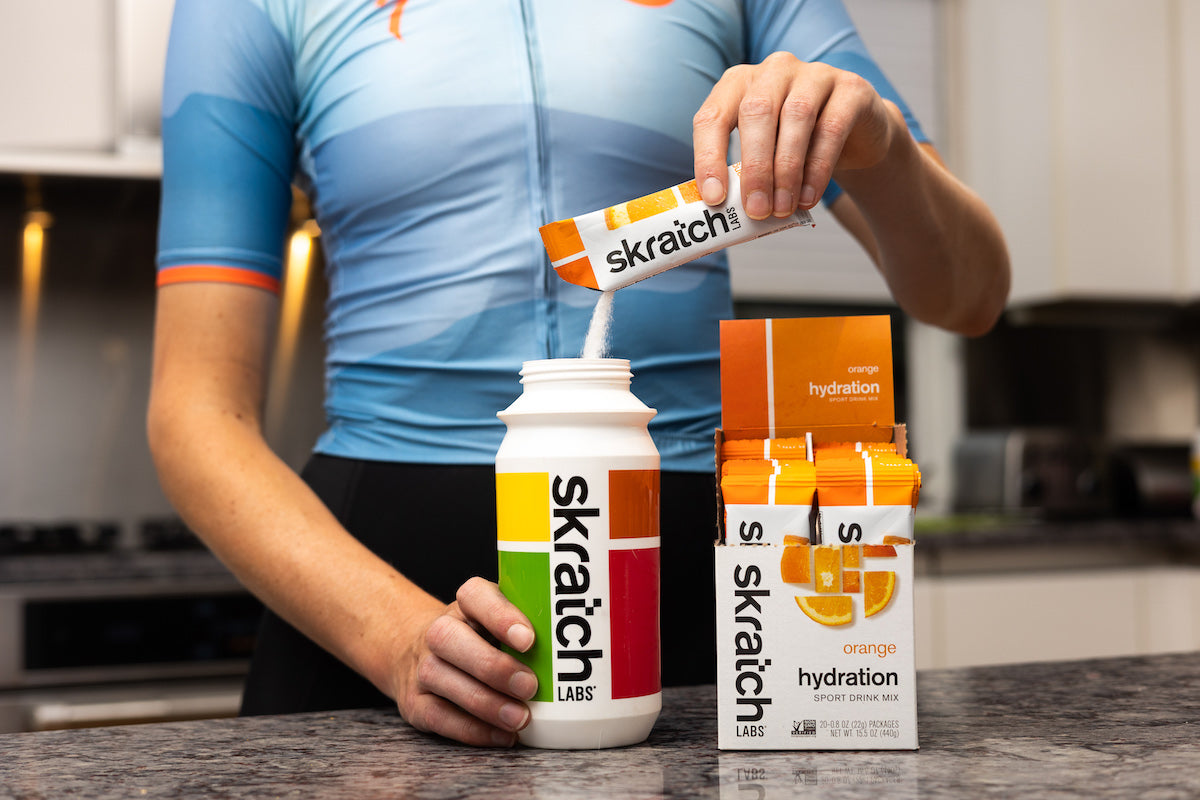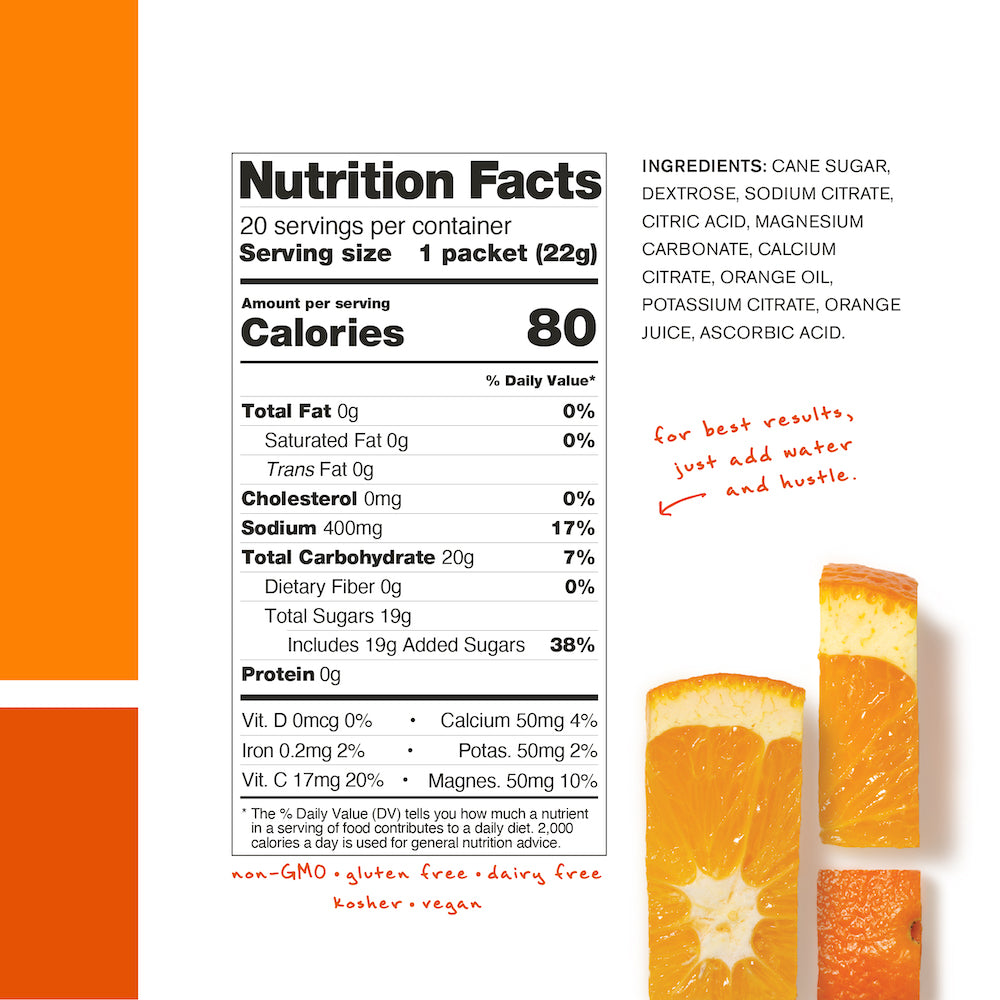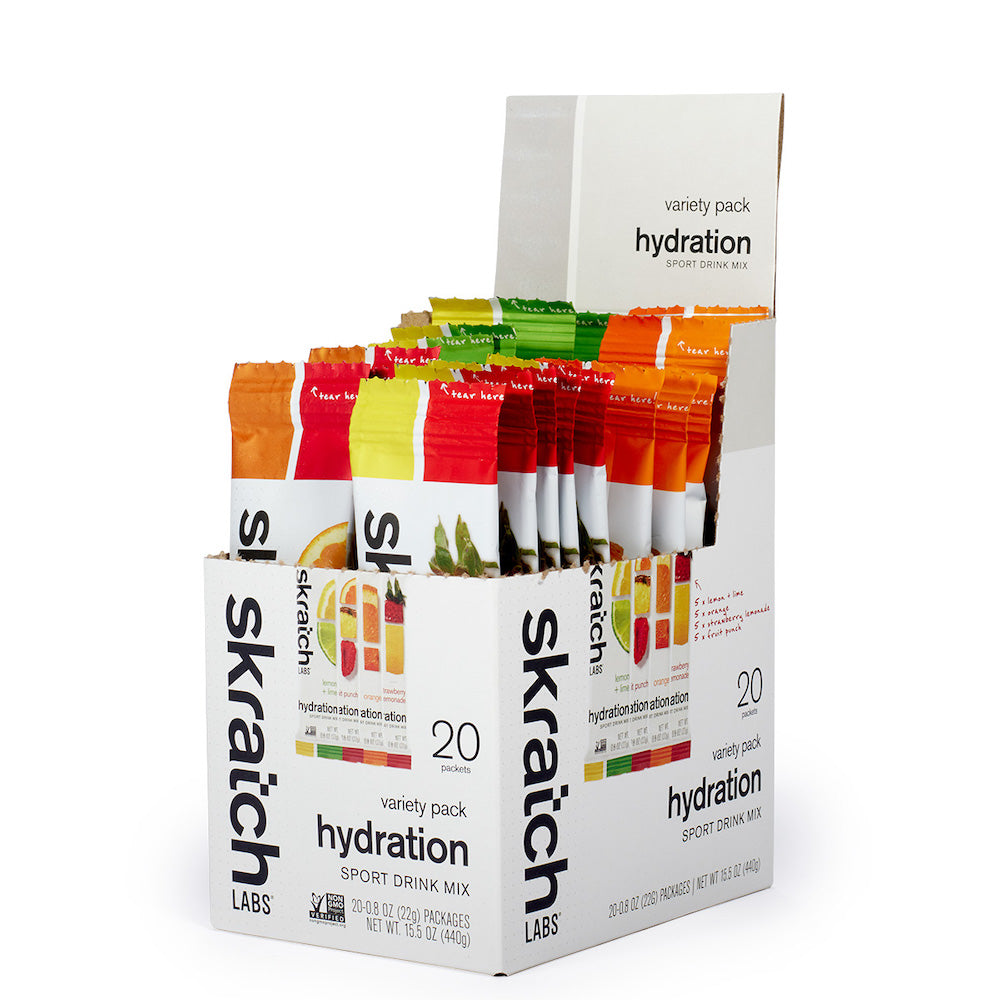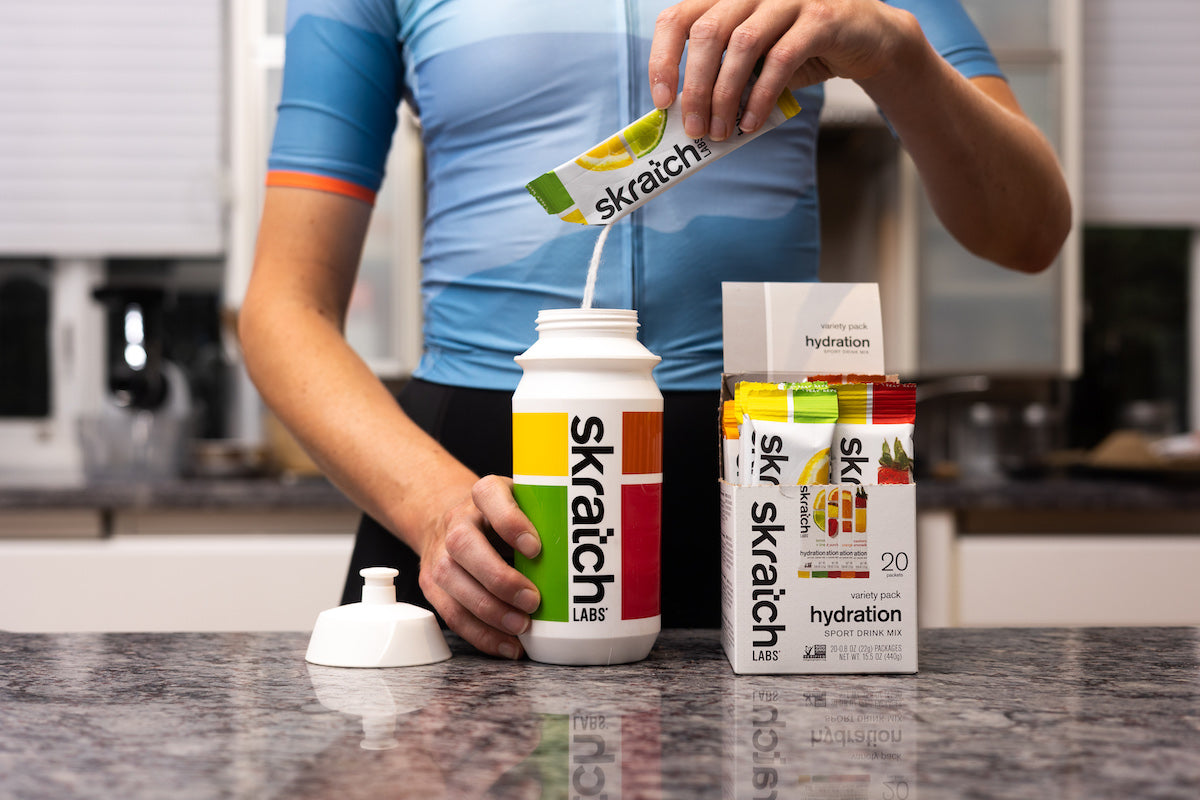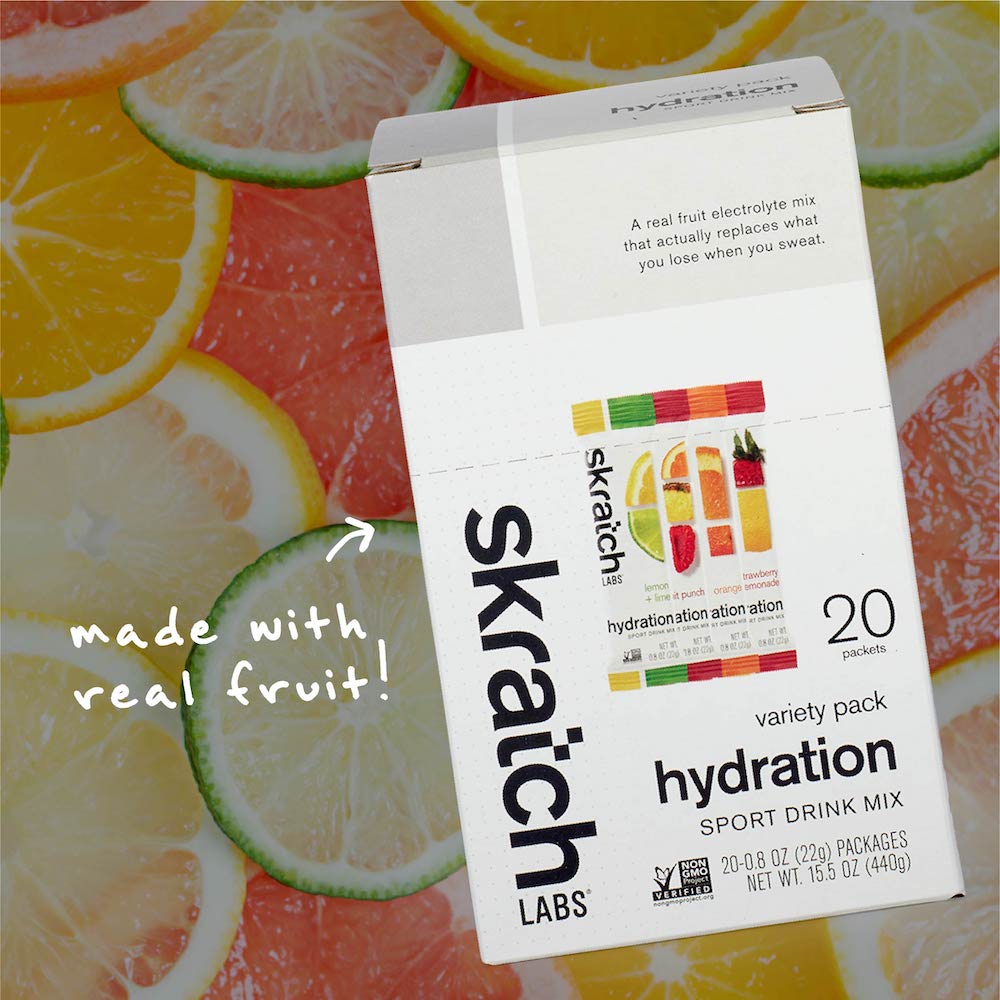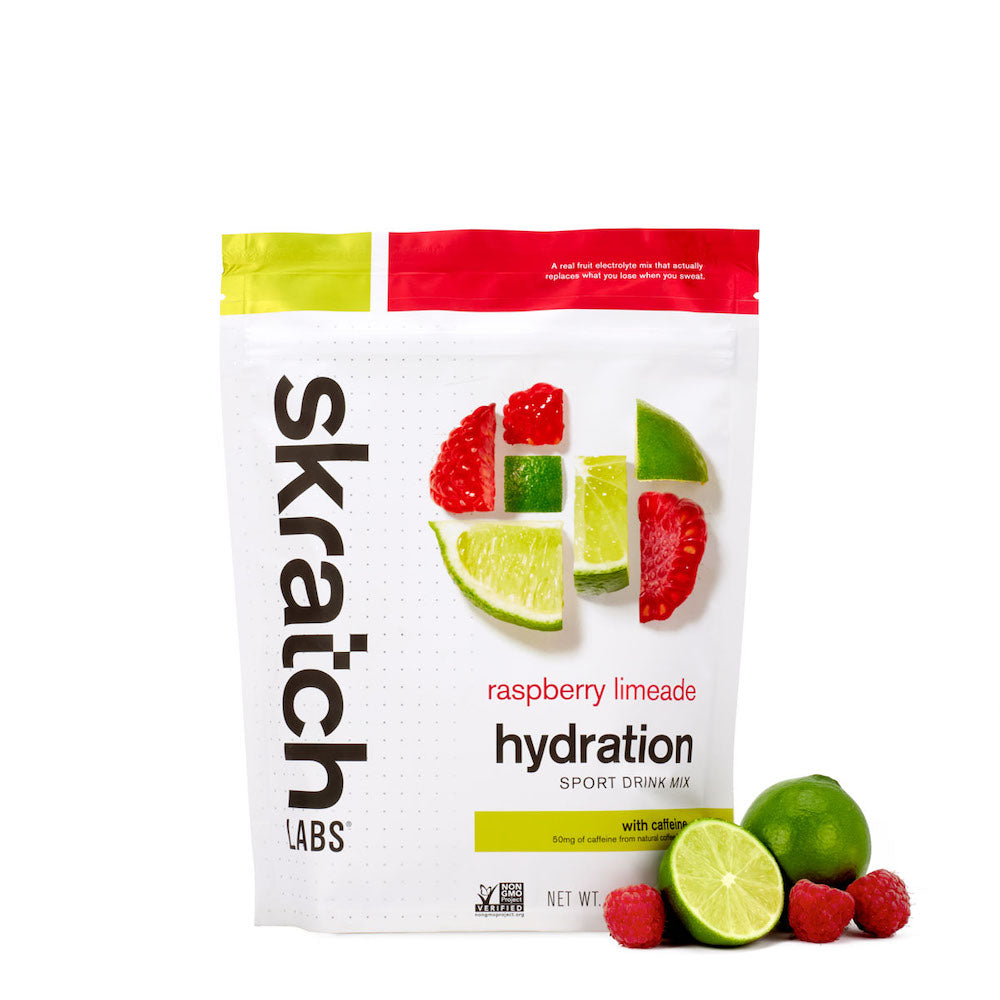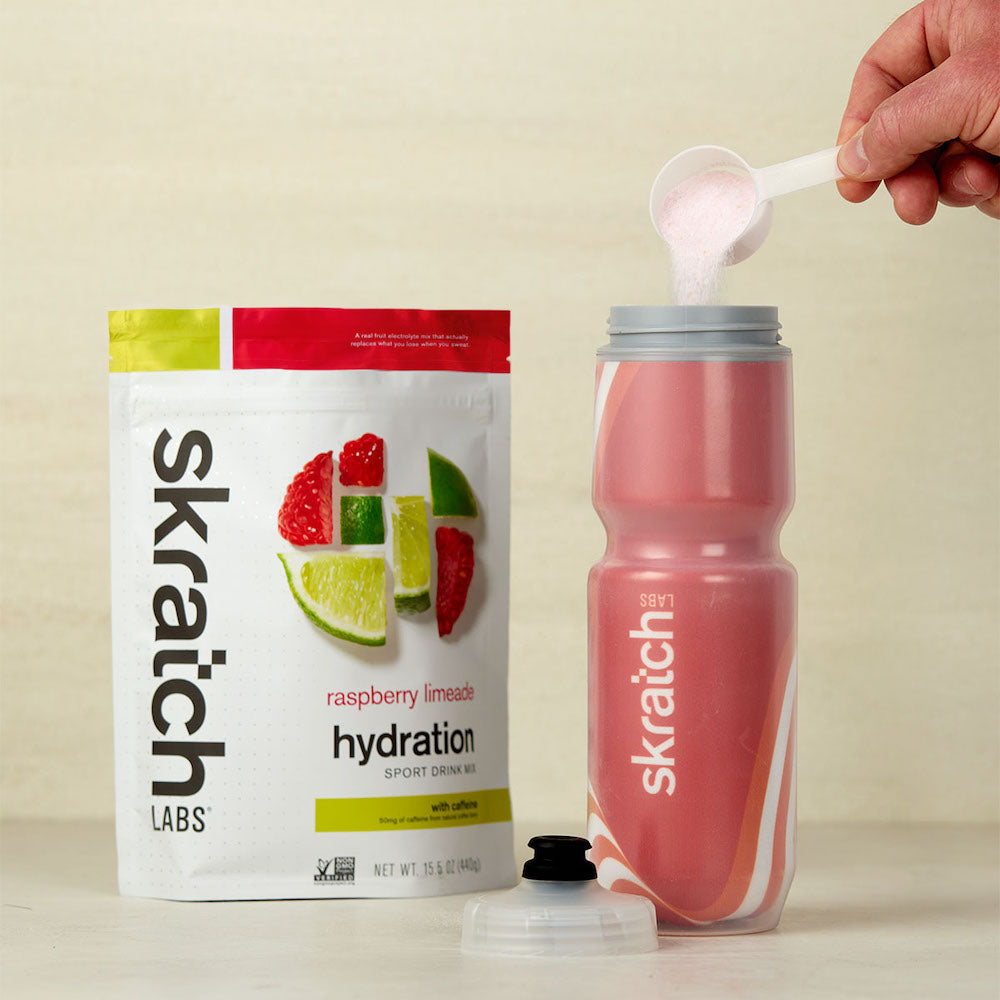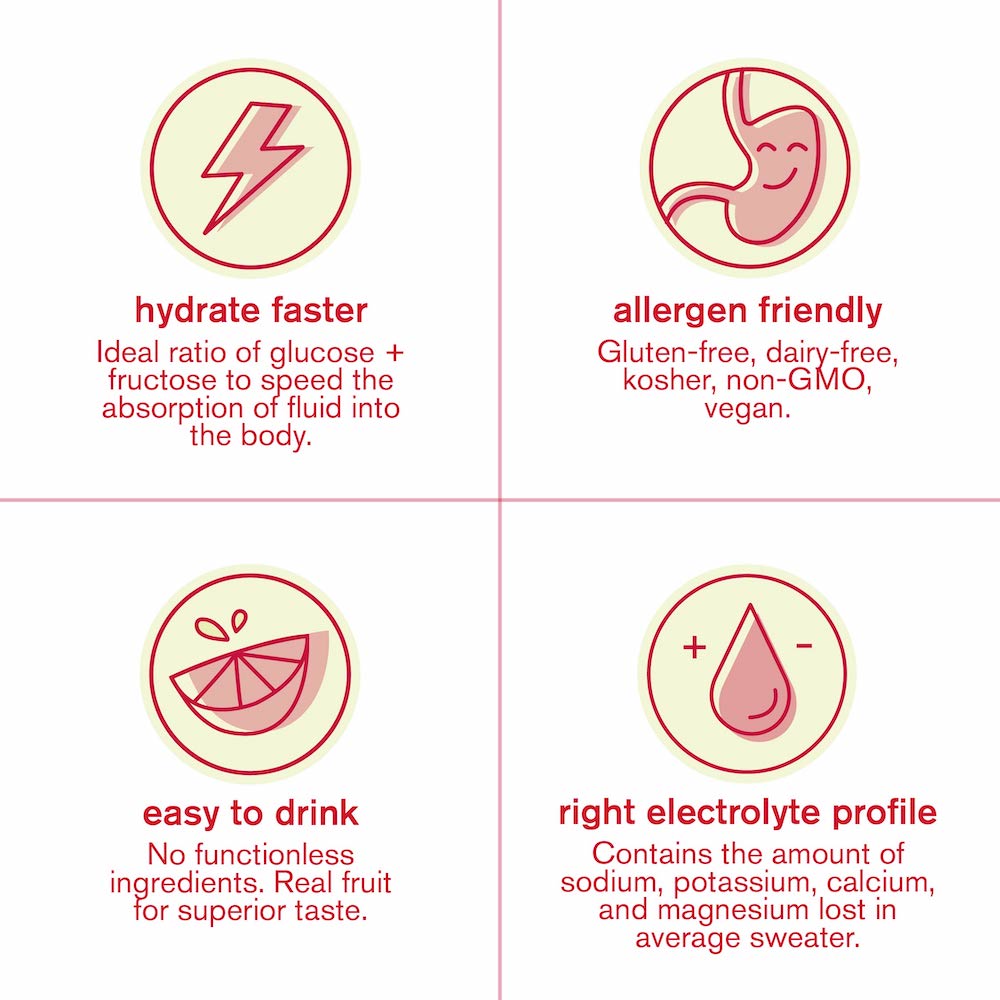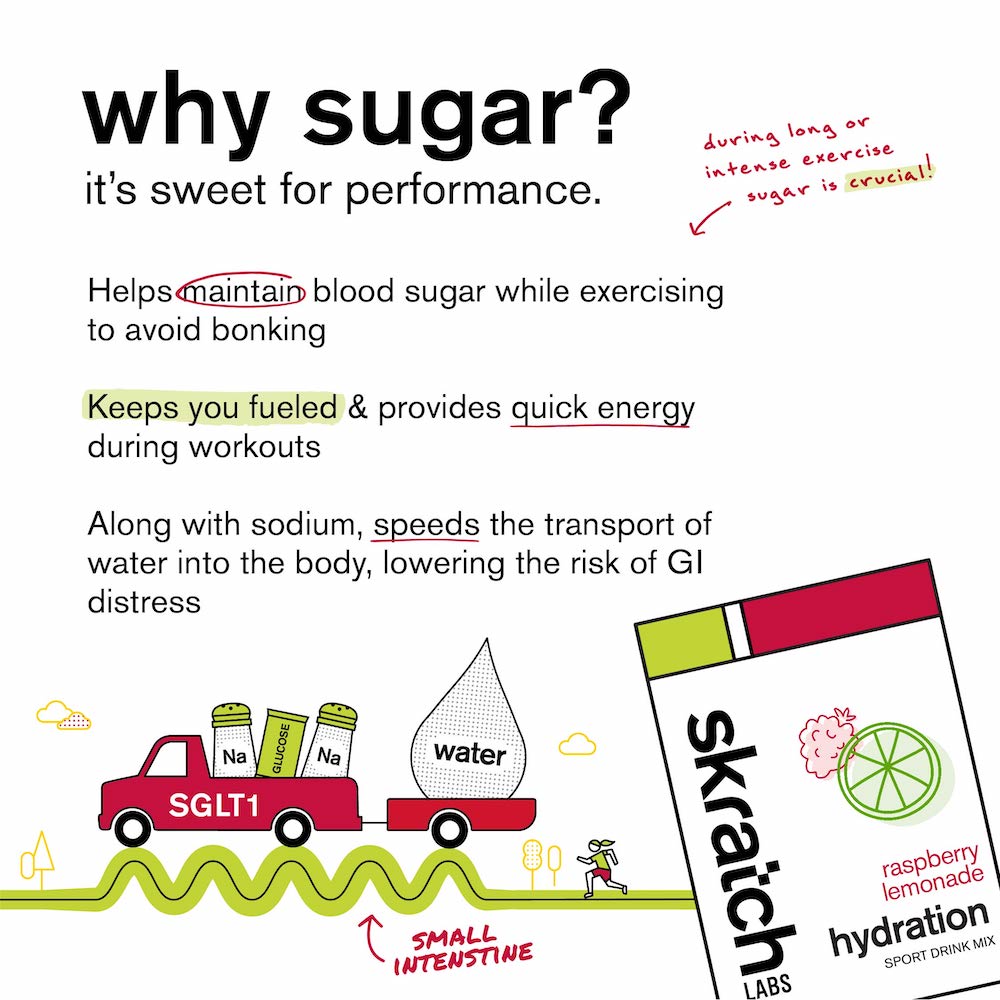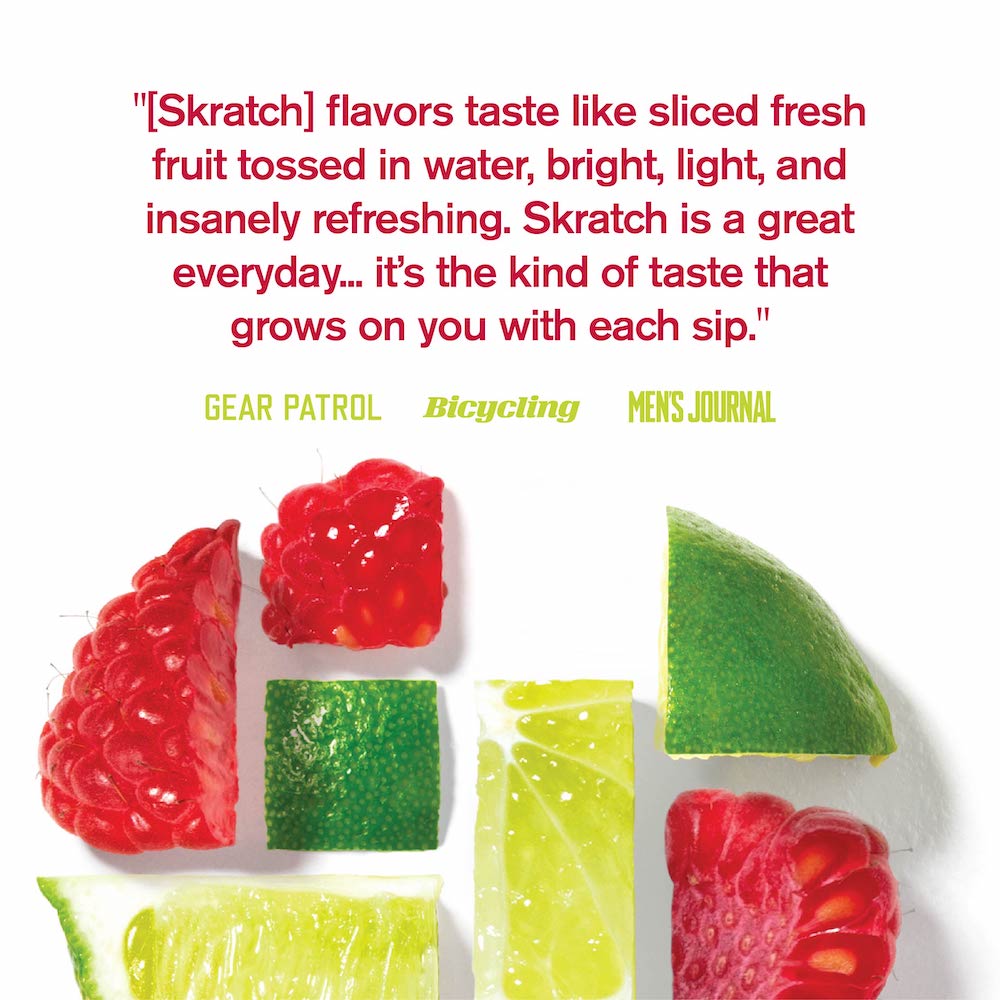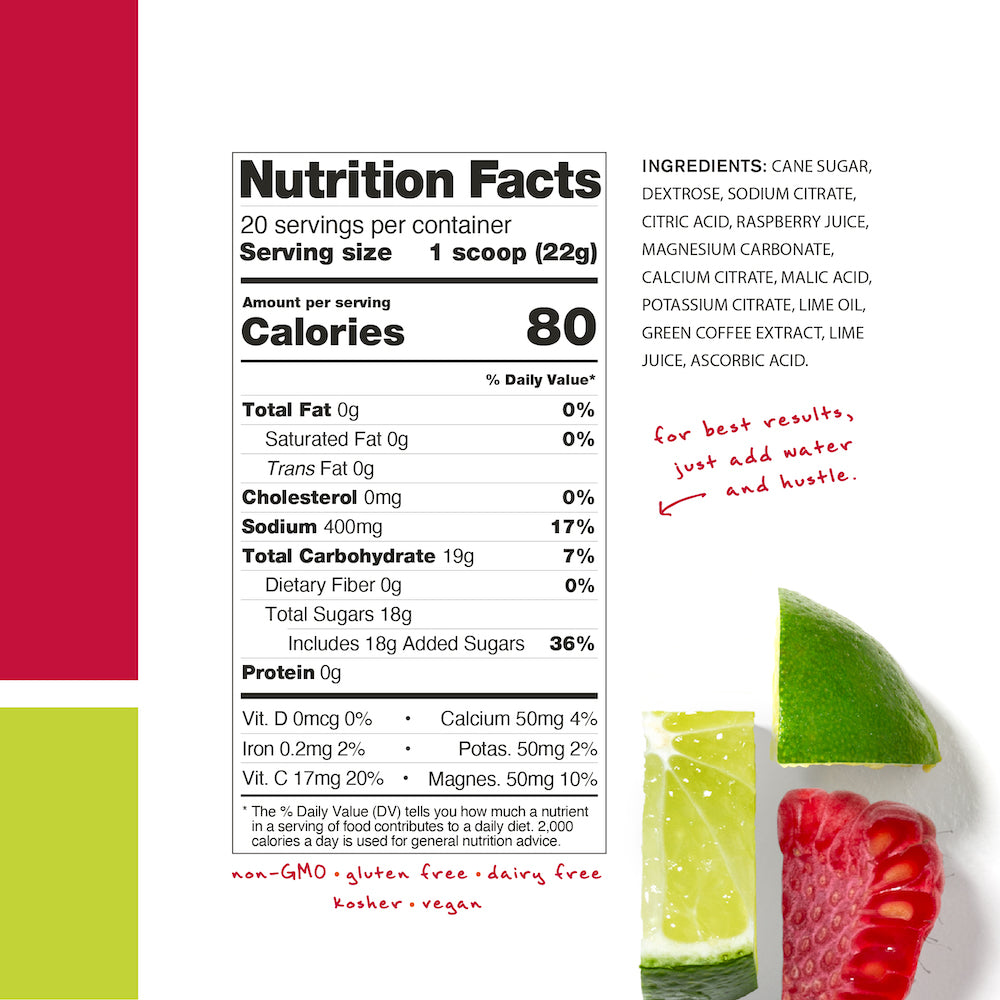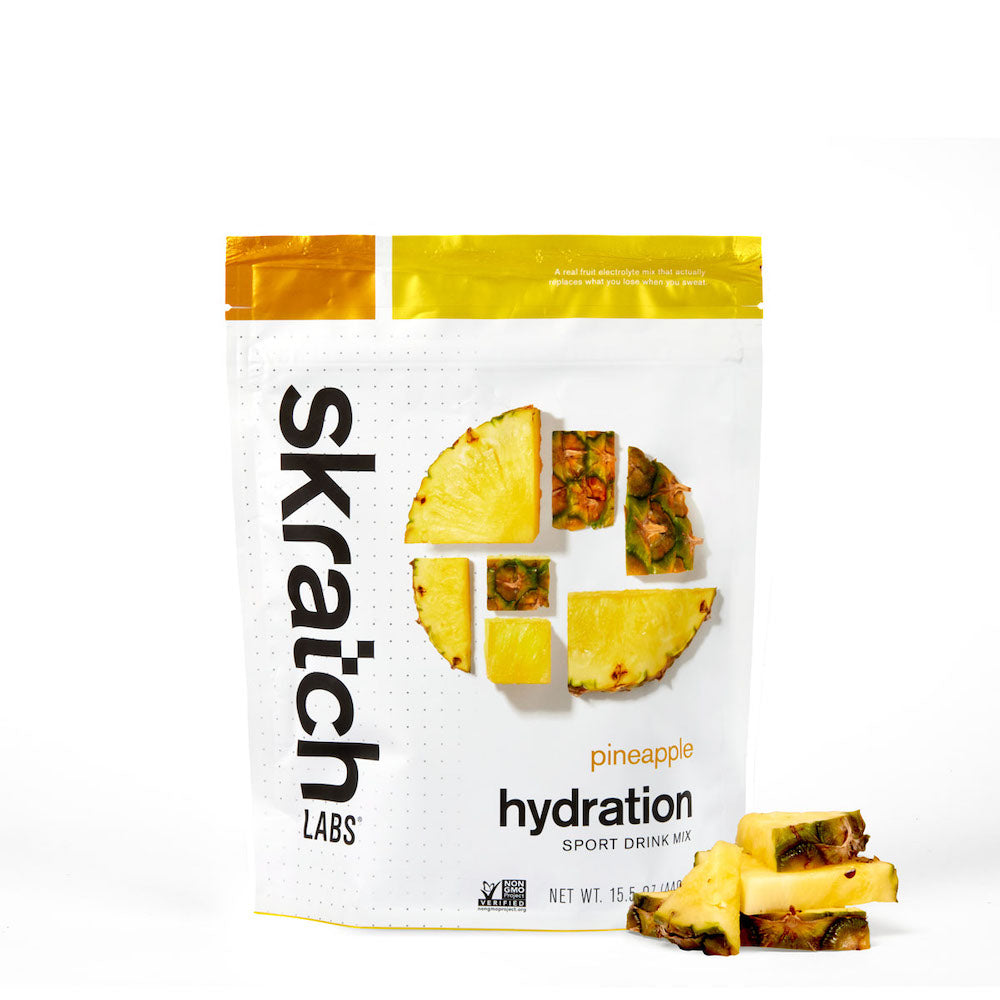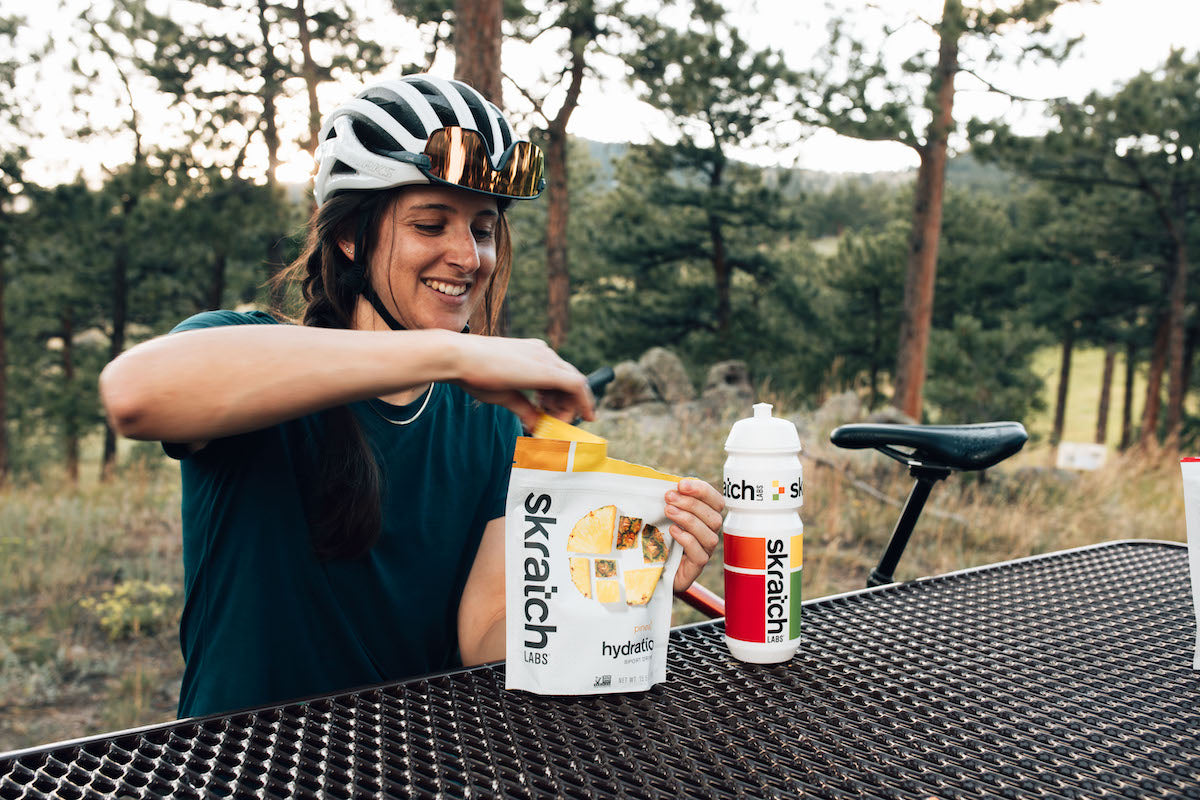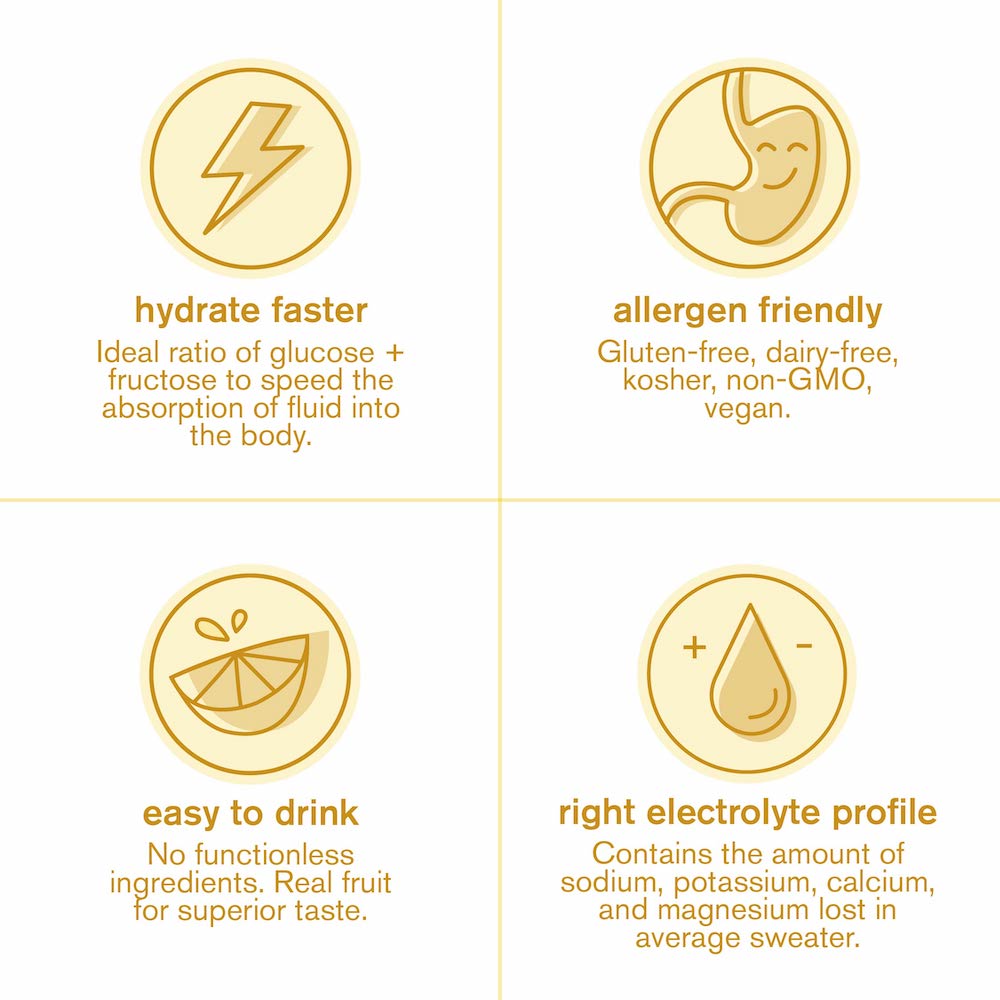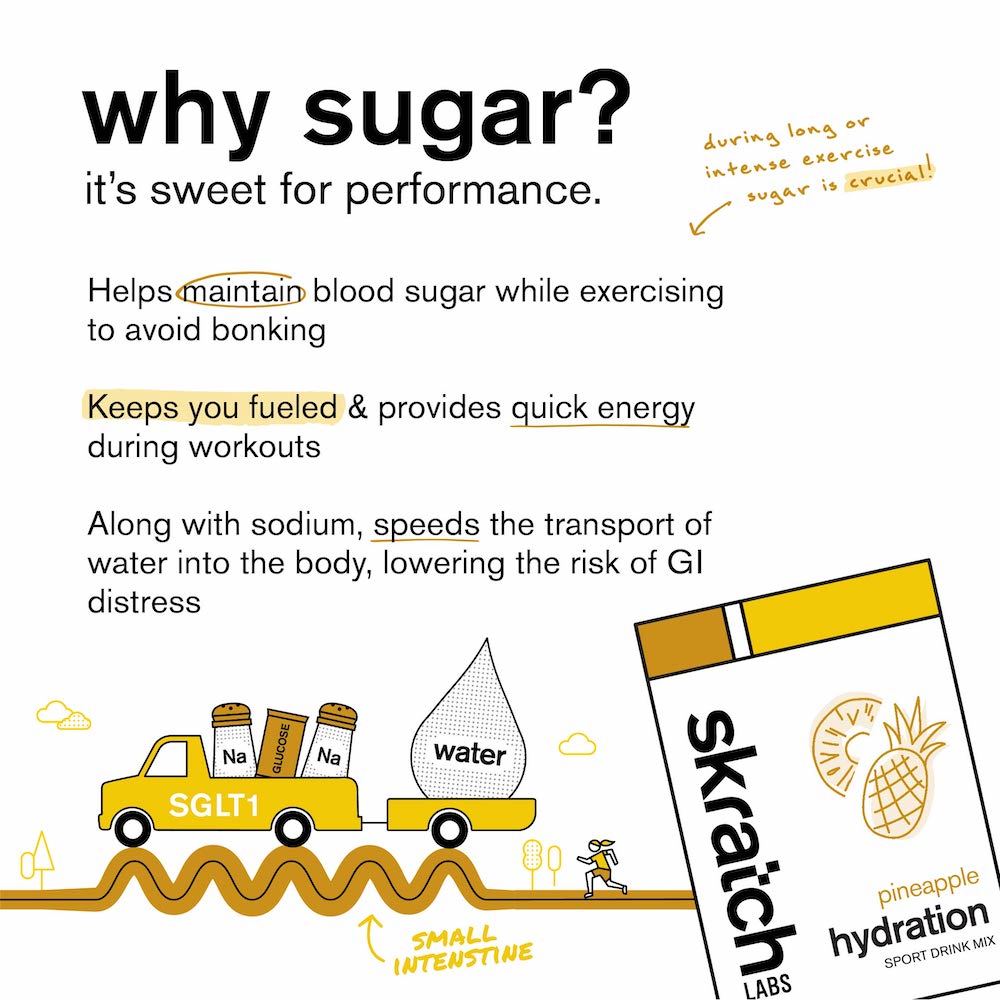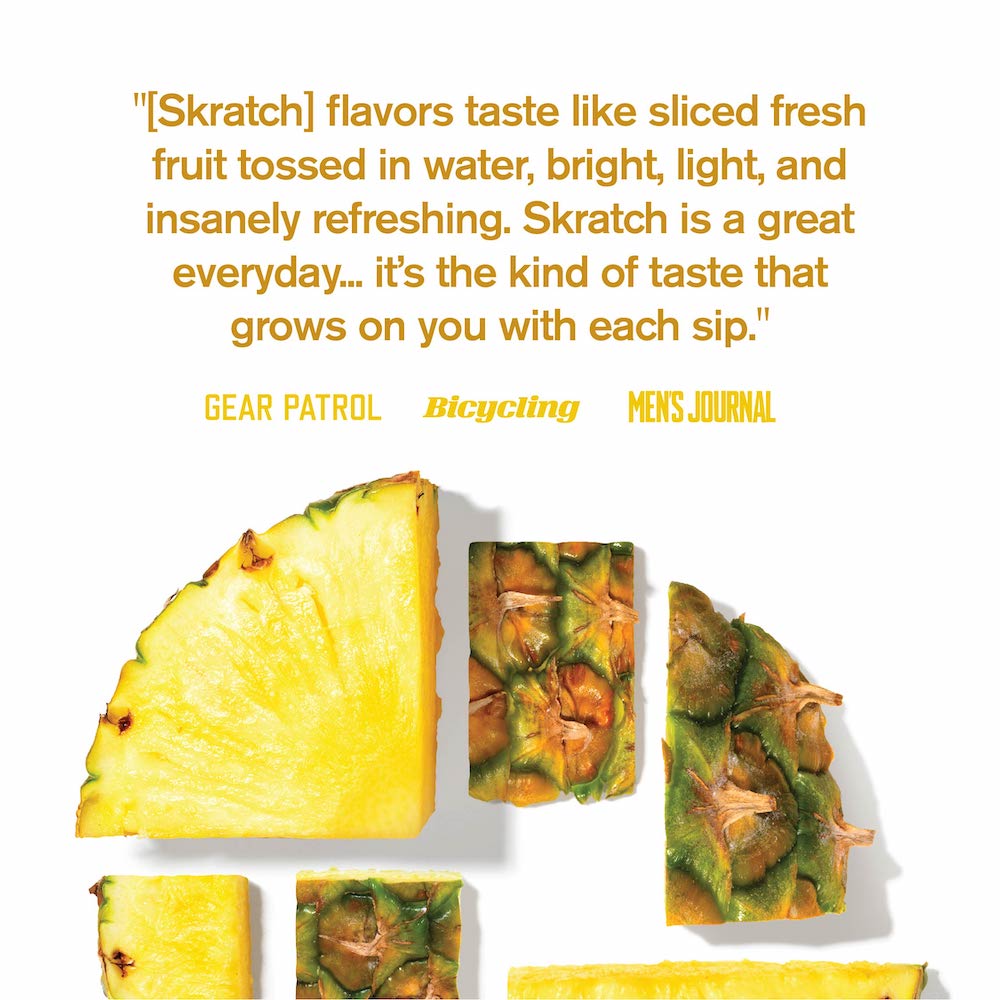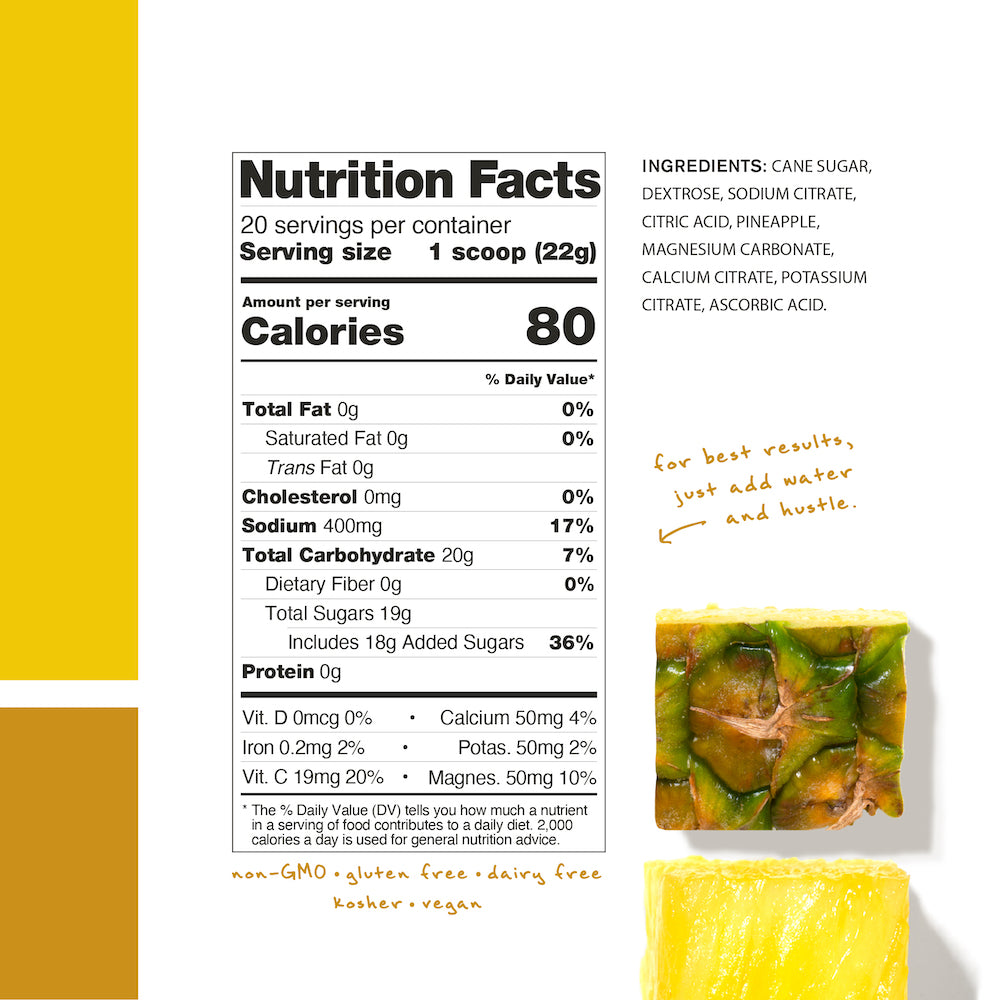Skratch Use with Dysautonomia and Postural Orthostatic Tachycardia Syndrome (POTS)
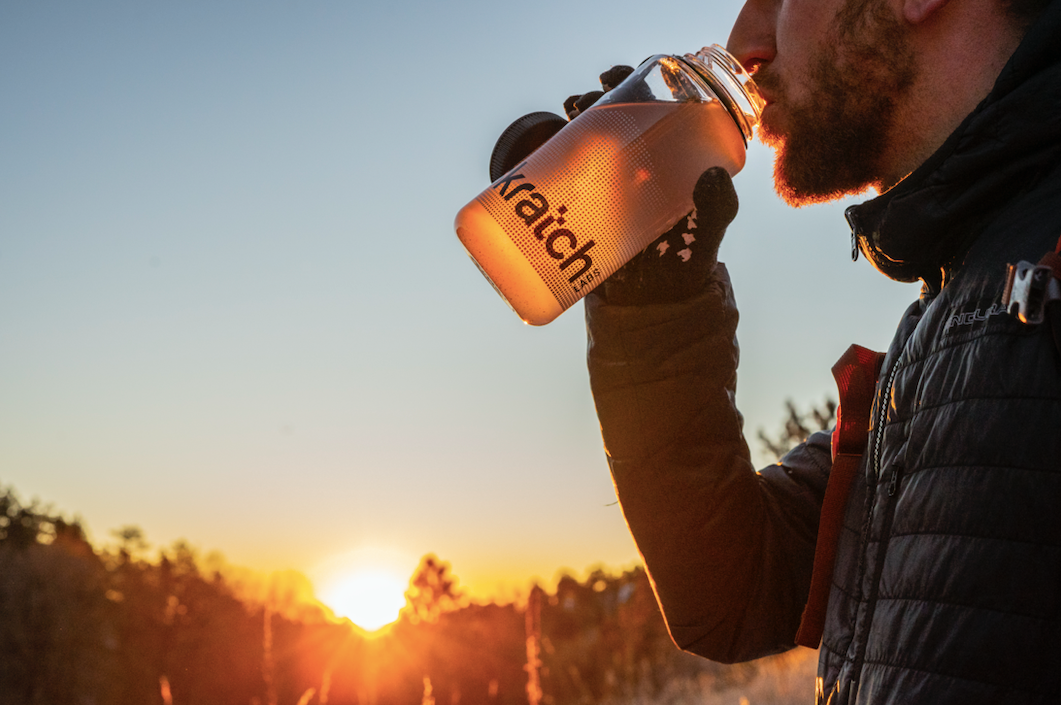
The Washington Post recently published an article detailing the rise in cases of Postural Orthostatic Tachycardia Syndrome, or POTS, post-pandemic. To learn more about the relationship between hydration and POTS symptom relief, check out our blog post below.
Hydration, Sodium, and POTS
What is POTS?
There are many types of dysautonomia, POTS impacts blood flow and changes depending on how the body is positioned. Dizziness and fainting upon standing are some of the most common symptoms.
“POTS patients often have hypovolemia (low blood volume) and high levels of plasma norepinephrine while standing, reflecting increased sympathetic nervous system activation.
Those impacted by POTS can experience fatigue, headaches, lightheadedness, heart palpitations, exercise intolerance, nausea, diminished concentration, tremulousness (shaking), syncope (fainting), coldness or pain in the extremities, chest pain and shortness of breath. Patients can develop a reddish purple color in the legs upon standing, believed to be caused by blood pooling or poor circulation. The color change subsides upon returning to a reclined position.” -Dysautonomia International
Feedback
We've received quite a bit of anecdotal feedback from customers with POTS who've found relief from their symptoms, specifically with our Hydration mixes. Our products are flavored with real fruit, and omit all the unnecessary ingredients like dyes, artificial flavors, emulsifiers, and preservatives, which can cause flavor lingering and GI issues.
“It is often recommended to increase both fluid and salt intake in order to increase blood volume, which is typically low in POTS patients. This has proven to be particularly helpful in patients with blood pooling, hypovolemia, or hypotension. Except for the hyperadrenergic subtype of POTS, a fluid intake of approximately two liters and an intake of three to five grams of salt is typically recommended per day.”-Dysautonomia International
Some of the products below have been discontinued but here is how to recreate them using our current product offerings!
Testimonials
“My 20 year old daughter has dysautomonia/POTS. She has to consume an extremely high amount of salt each day to help with blood pressure. We have tried many, many sports drinks but she has not been able to tolerate them. Our nutritionist recommended Skratch {High Sodium} Hyper Hydration. I wanted to share with you that she is drinking it every day and we have seen improvements in her daily functioning. I can't thank you enough for making it.”- L.S.
“I started using Skratch about a year ago, and it has saved my ability to train and race. I didn't know it at the time, but I have Postural Orthostatic Tachycardia Syndrome. The main treatment for POTS is salt. Lots and lots of salt. At least six grams a day, but often like ten.
Last year, prior to diagnosis, my symptoms of POTS became so bad that I was not able to double-up at crit races and missed training days. The only thing they could really find was that my sodium was always just a tad low. Someone suggested drinking some Hyper Hydration before a ride. Well, that led to self-experimentation and a way to actually make it through crits and training by consuming 1-5 Hyper Hydrations a day! Thanks for keeping me in the game and helping me win” -M.W.
“I recently started using your Sport Hydration Drink Mix to help keep me hydrated with some medical conditions I have. One condition I have is Postural Orthostatic Tachycardia Syndrome (POTS for short), which means that my body doesn’t regulate blood pressure and heart rate properly. This condition requires a high sodium (6,000-10,000mg) diet to try to increase my blood pressure so I can function in daily life.
One of the ways I achieve this intake is through electrolyte beverages. I’ve been searching for a product for over a year that meets my high sodium requirement, isn’t sweetened with zero calorie sweeteners, and Skratch has met both requirements, while also being amazingly delicious. I am so pleased with this company and the amazing electrolyte drinks you make, and I genuinely hope to continue using the products for many years to come.”-E.F.
Skratch Keeps Me Rolling: https://tnwomenscycling.com/2020/07/22/skratch-keeps-me-rolling/
We recommend consulting your doctor.
More questions or feedback?
Email us: [email protected] or call 1.800.735.8904.
